In today’s network environment, Power over Ethernet (POE) switches are gaining popularity among homes and businesses alike due to their convenience and efficiency. POE technology allows data and power to be transmitted simultaneously over Ethernet cables, simplifying device installation and management. This article will guide you through the process of selecting and using a poe switch, enriched with practical scenarios.
1. Understanding POE Transmission Distance
The transmission distance for POE power is the same as that for Ethernet signal transmission, typically up to 100 meters. POE utilizes the 4/5 and 7/8 wire pairs in the Ethernet cable for power delivery. Therefore, when using POE, it is advisable to choose high-quality 8-core copper cables (standard Ethernet cables). To ensure stable power delivery, it is recommended to keep the effective power distance within 80 meters to minimize signal degradation.
2. POE Power Standards and Voltage
There are two main standards for POE power delivery:
1. IEEE 802.3af
- Power Supply Voltage: 44-57V
- Power Supply Current: 10-350mA
- Maximum Power Output: 15.4W
- Maximum Power Received: 12.95W
2. IEEE 802.3at (PoE+)
- Power Supply Voltage: 50-57V
- Power Supply Current: 10-600mA
- Maximum Power Output: 30W
- Maximum Power Received: 25.5W
Although the supply voltage is relatively high, devices that support POE are equipped with POE modules that convert high voltage to the required low voltage, ensuring device safety.
3. The POE Power Delivery Process
The POE power delivery process generally involves several steps:
- Detection: The power-supplying device first sends a small voltage to check if the receiving device supports POE. If not, it will not supply power; if yes, it proceeds to the next step.
- Classification: Once POE support is confirmed, the power-supplying device conducts further checks to determine the required power and classifies the receiving device accordingly.
- Power Delivery: The device then begins to supply stable electrical power based on the classification results.
4. Key Points for Choosing a POE Switch
1. Avoid Cheap Options
The market is flooded with various brands of POE switches, leading to significant differences in price and quality. While cheaper options may seem appealing, they often result in unstable power delivery, poor after-sales service, and other issues in the long run. Opting for moderately priced, high-quality products can effectively reduce maintenance costs over time.
2. Steer Clear of Non-Standard Products
While most POE switches are standard-compliant, some non-standard options exist, primarily due to lower costs. However, non-standard POE switches pose safety risks and may damage connected devices. It is advisable to select standard POE switches that automatically recognize connected network devices and only supply power to those that support POE, ensuring device safety.
3. Choose the Right Model
Select a POE switch model that meets your specific needs. Common port counts include 4, 8, 16, and 24, with transmission rates available in Fast Ethernet or Gigabit. Ensure that the power output is sufficient for the devices you plan to connect.
5. Practical Application Scenarios
Scenario 1: Smart Home Security System
In modern homes, smart security systems often include multiple IP cameras and wireless access points. Using an 8-port POE switch allows you to easily connect all cameras and access points to a single switch, simplifying installation and reducing the need for multiple power outlets.
Scenario 2: VoIP Phone Systems in Small Offices
In small offices, using VoIP phones can significantly lower communication costs. An 16-port POE switch can simultaneously power multiple VoIP phones and provide network connectivity, enhancing office efficiency.
Scenario 3: Network Infrastructure in Large Enterprises
Larger enterprises often require more complex network structures. A 48-port managed POE switch can provide power and data connectivity for multiple departments while facilitating centralized management and monitoring.
6. Essential Tips for Using a POE Switch
1. Quality of Ethernet Cables
The quality of Ethernet cables is crucial for successful POE power delivery. It is recommended to use Category 5, Category 5e, or Category 6 cables, ensuring that pure copper wiring is used to reduce signal loss and power instability.
2. Distance Control
While POE’s theoretical power delivery distance is 100 meters, environmental factors and cable quality can affect this. It is advisable to keep the effective power distance within 80 meters for optimal performance.
7. Conclusion
Choosing and using a POE switch can significantly simplify device installation and management while enhancing network efficiency. When selecting a POE switch, consider factors such as power requirements, port count, POE standards, and management features. Through practical application scenarios, you can better understand the advantages and usage of POE switches. Whether for home, office, or large enterprises, POE switches are an ideal solution for improving network performance.

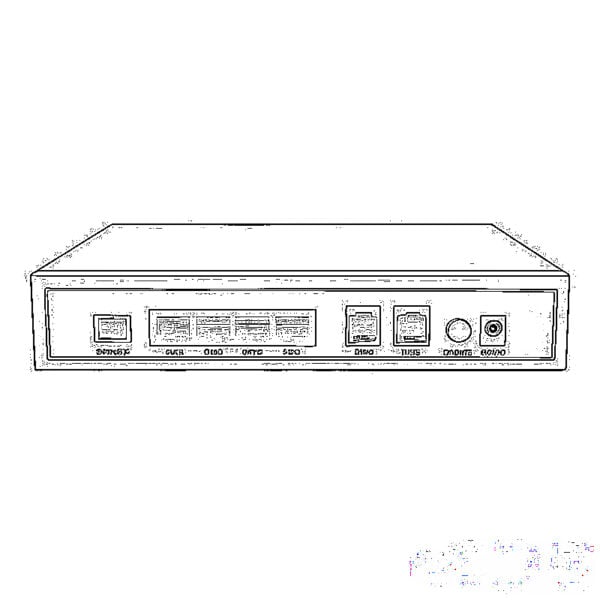
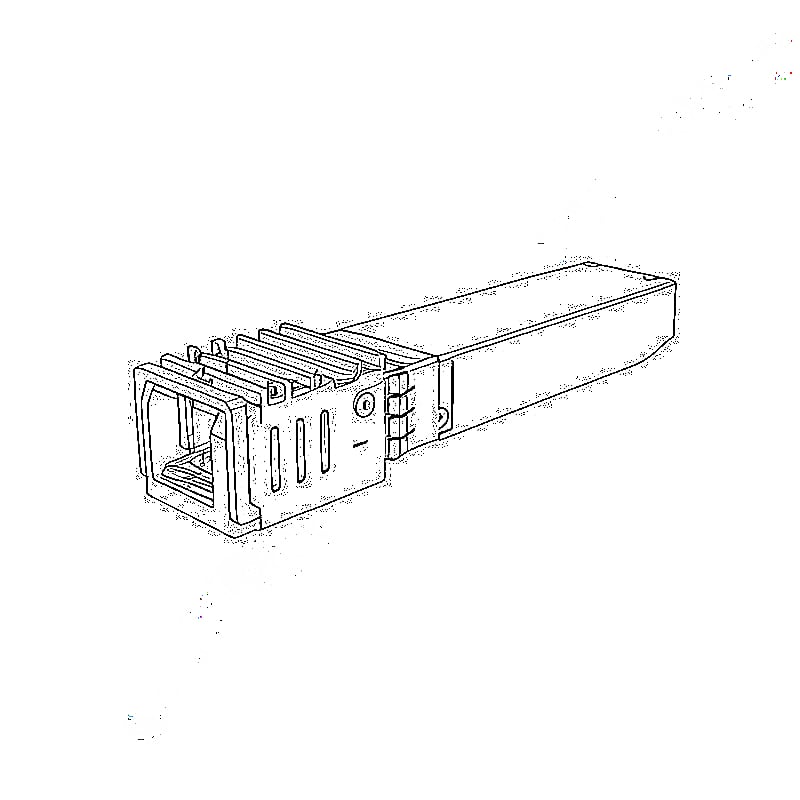
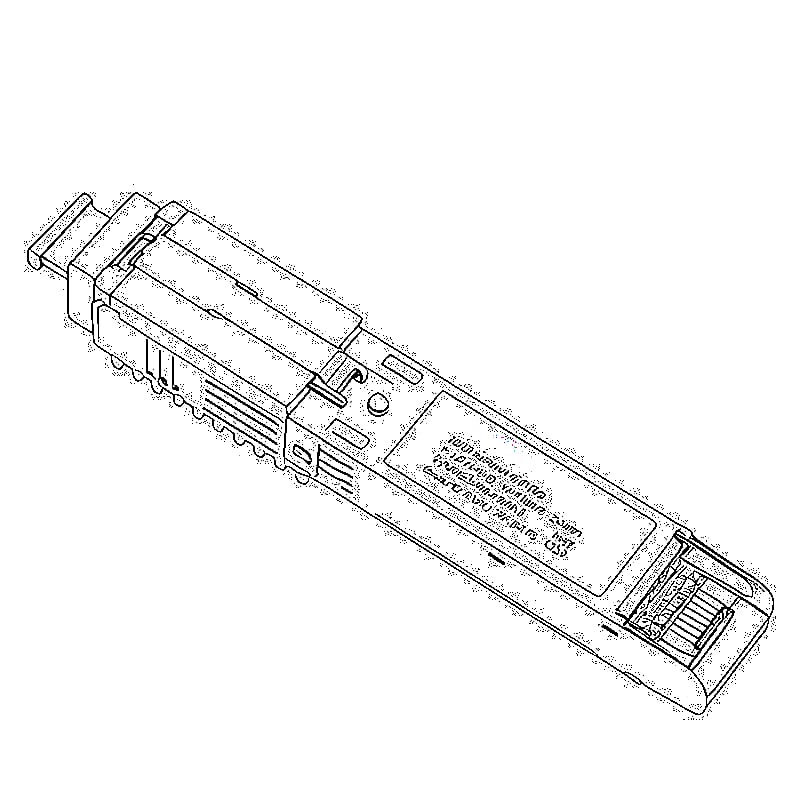
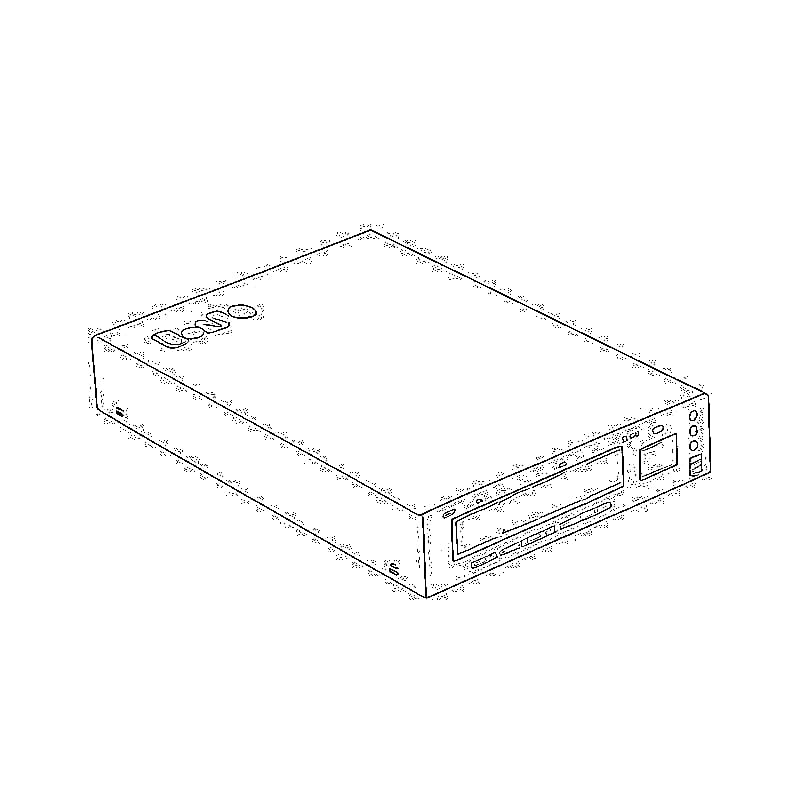
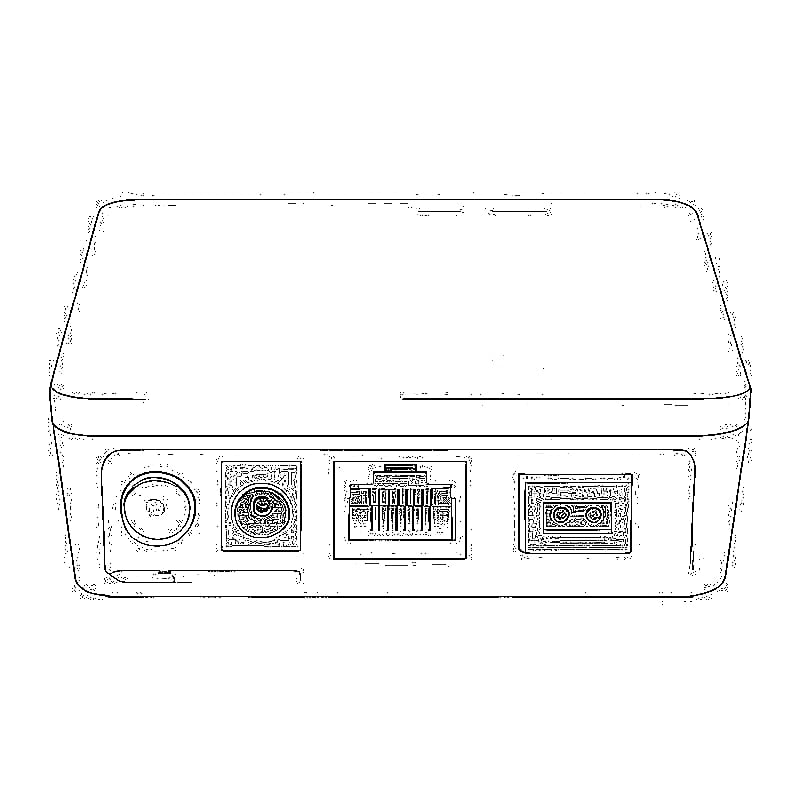
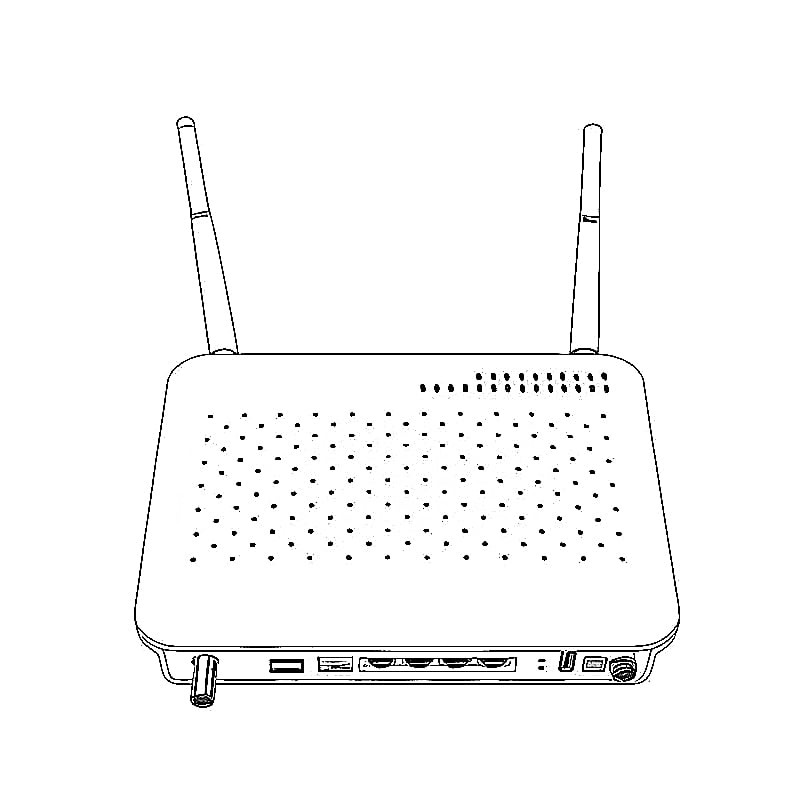
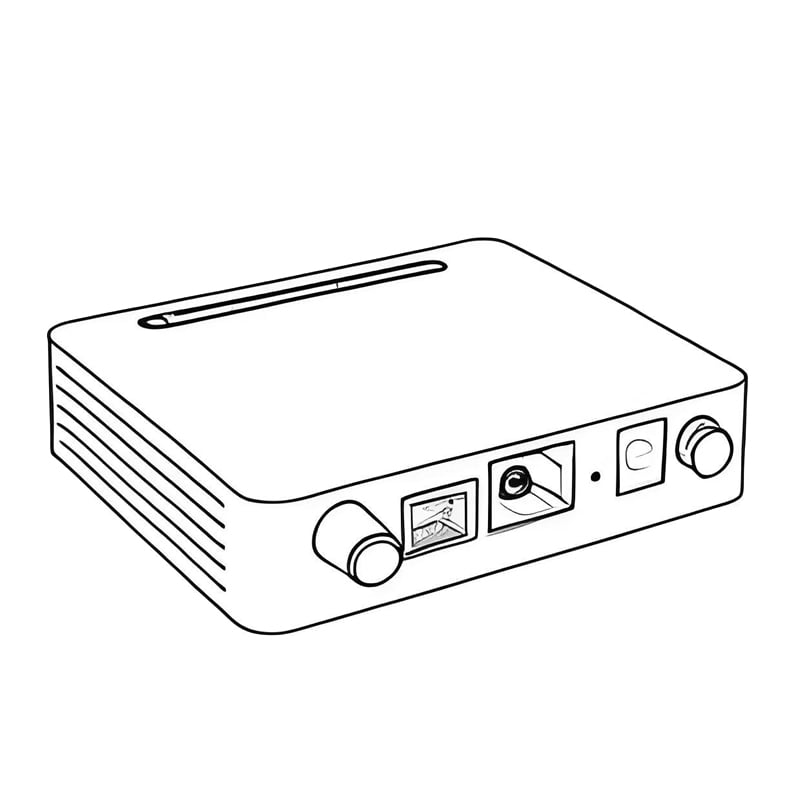
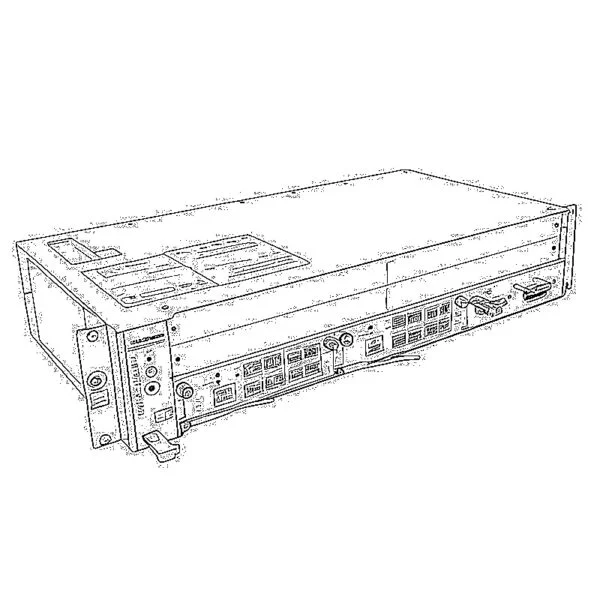
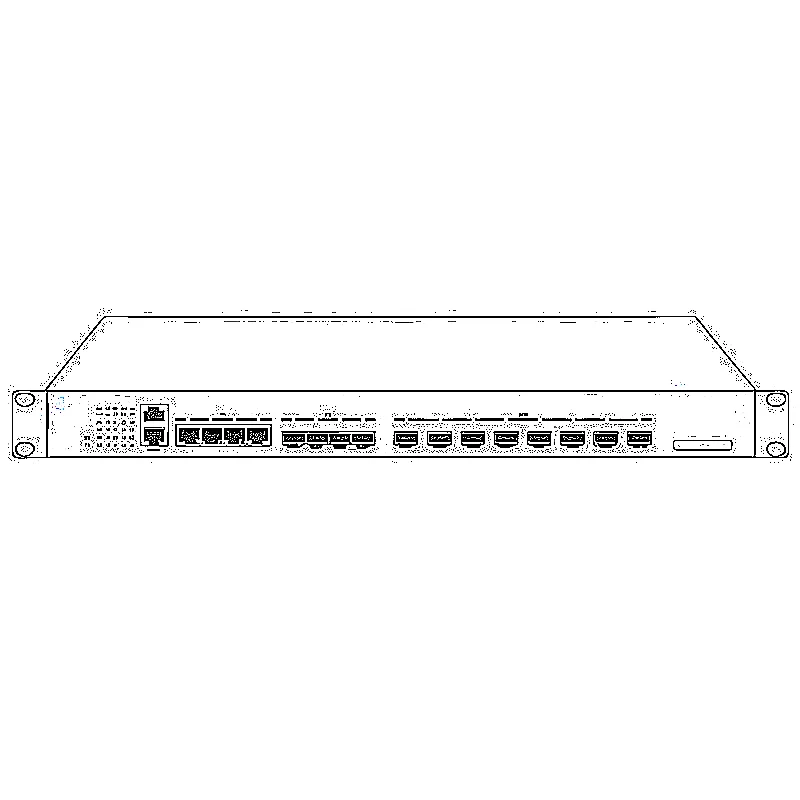
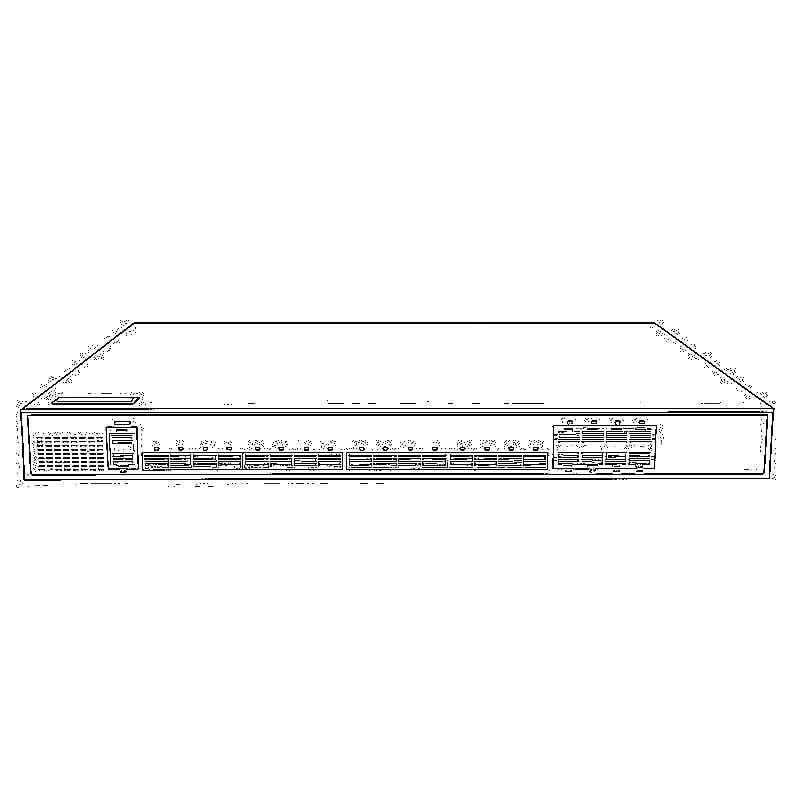
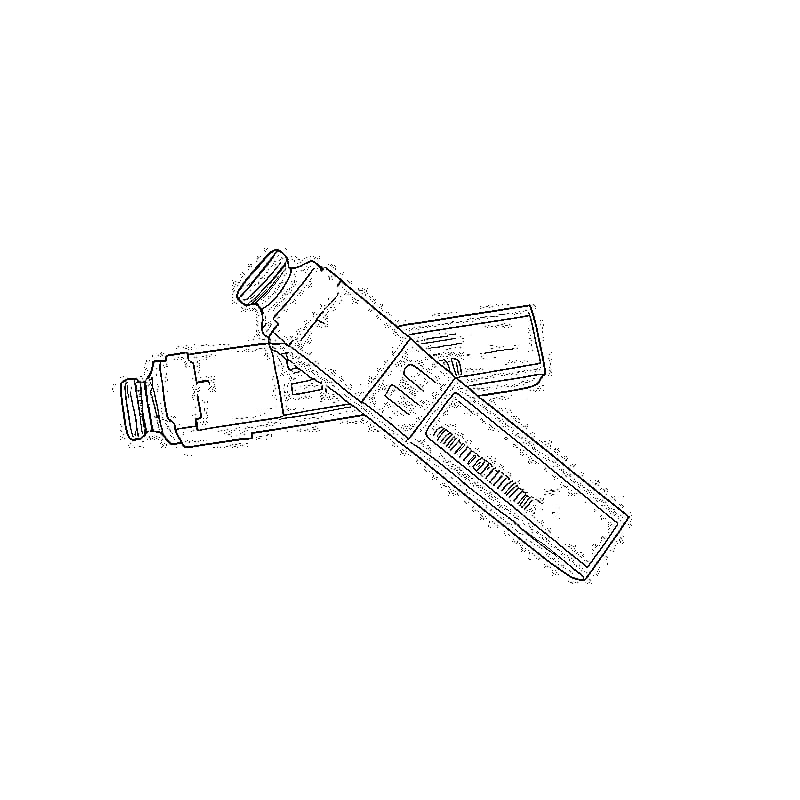
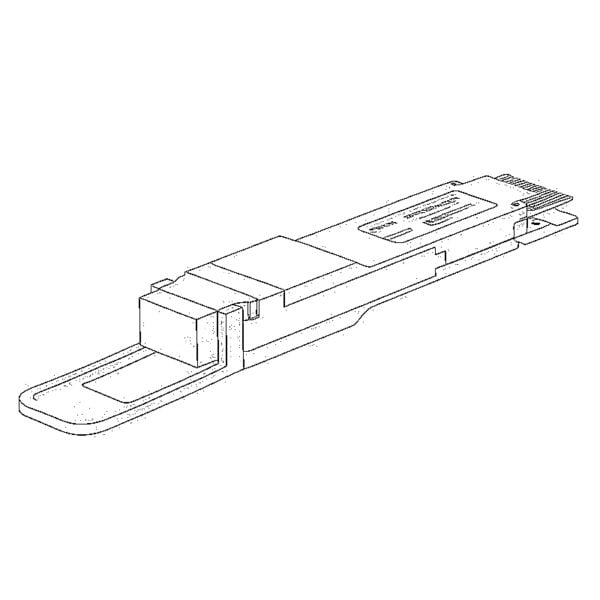
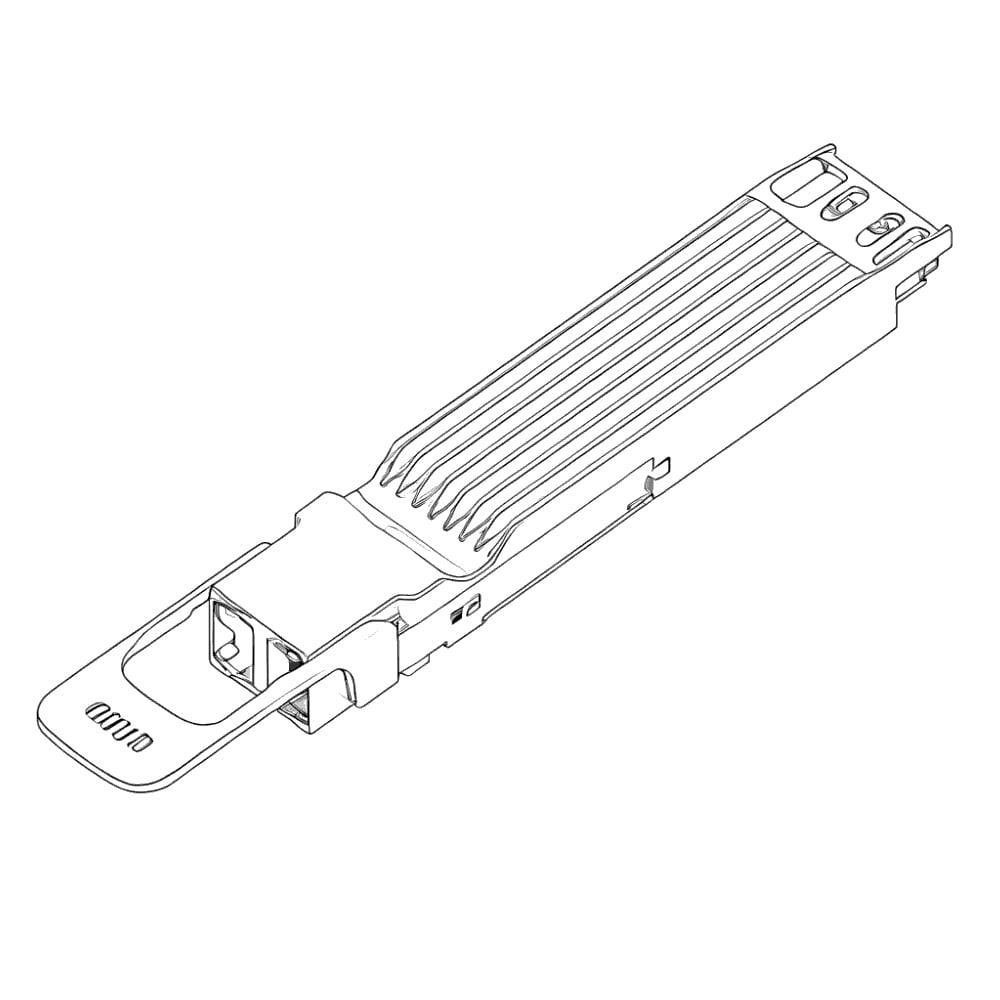
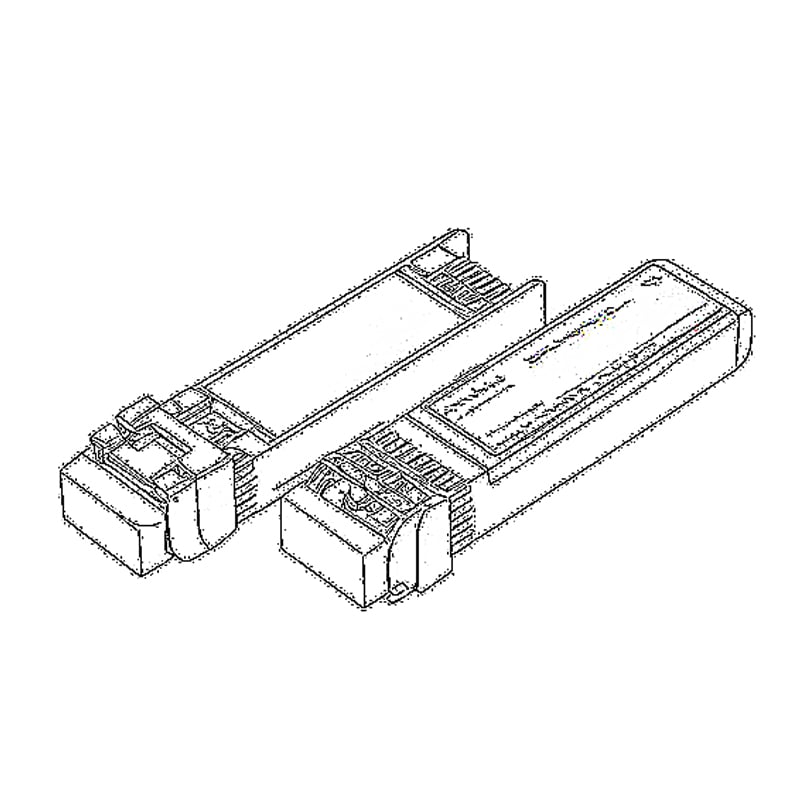
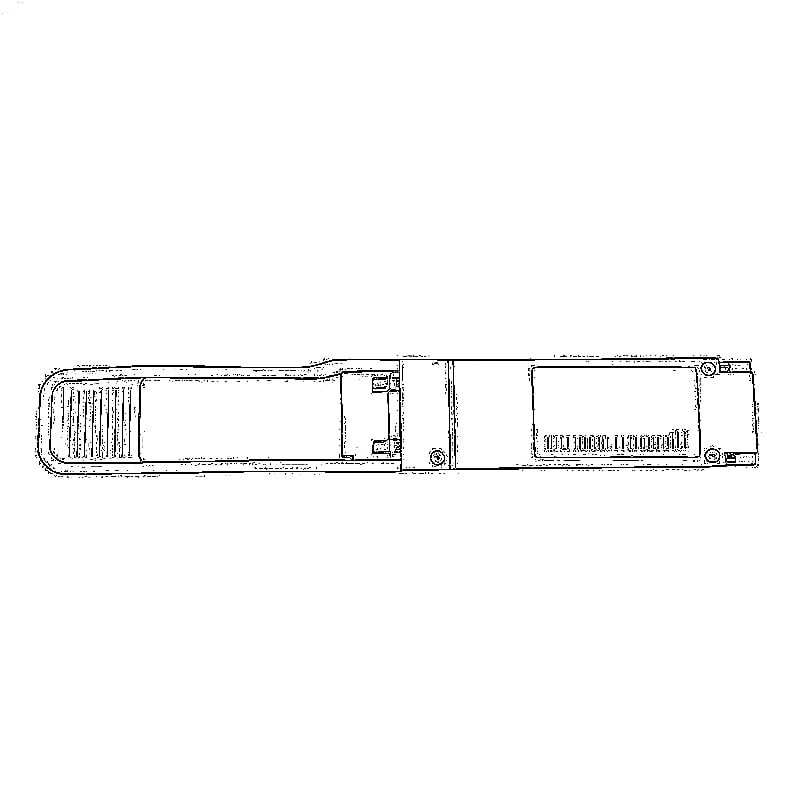
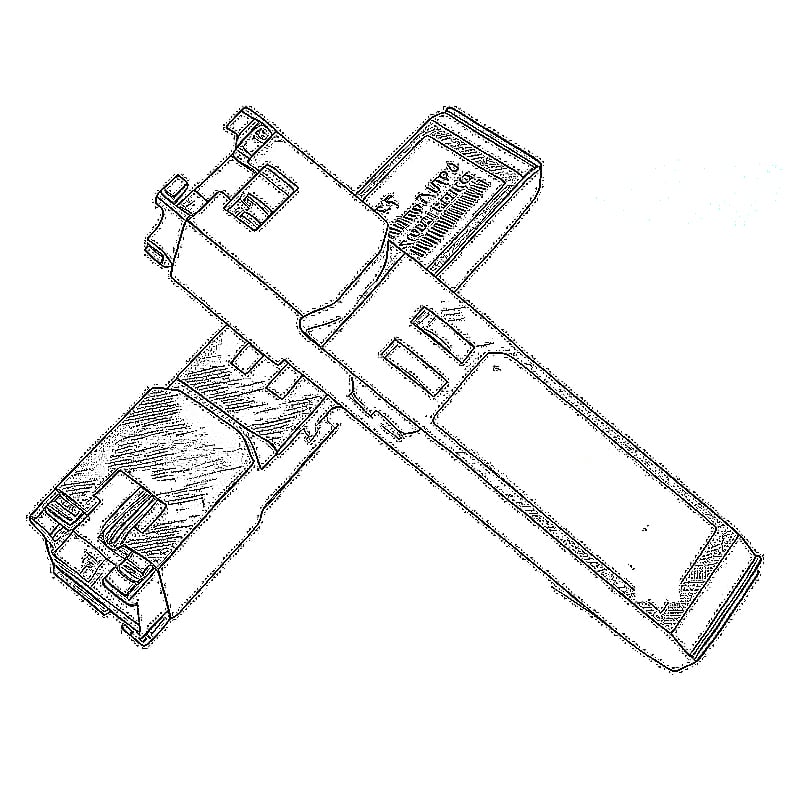
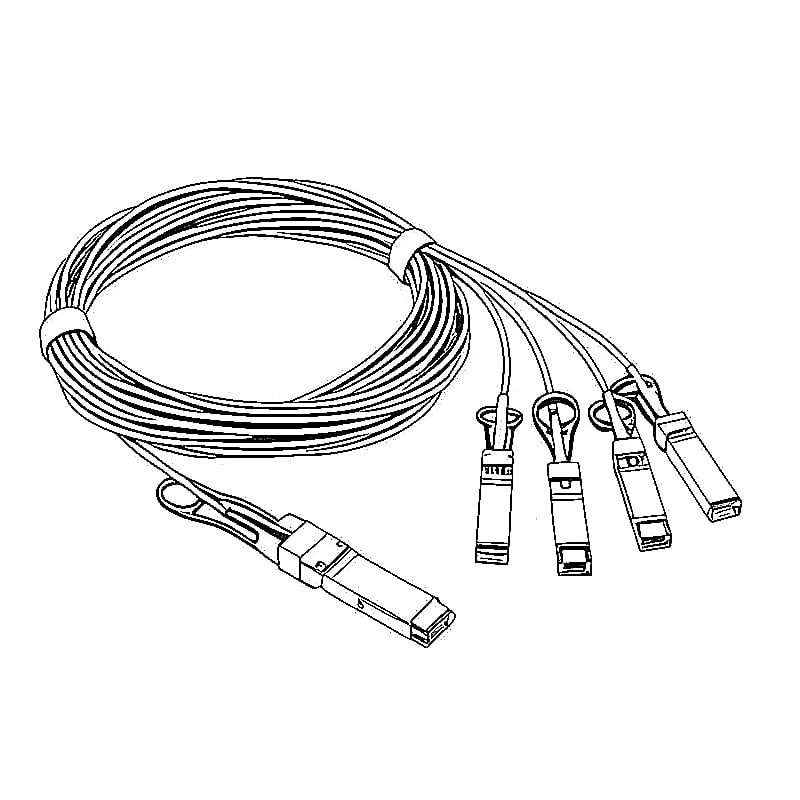
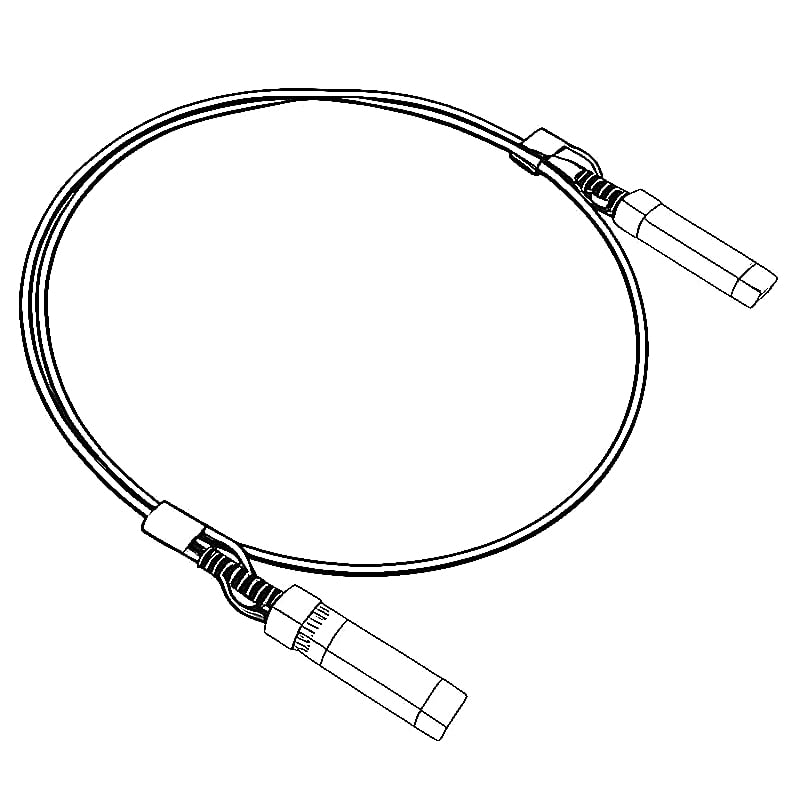
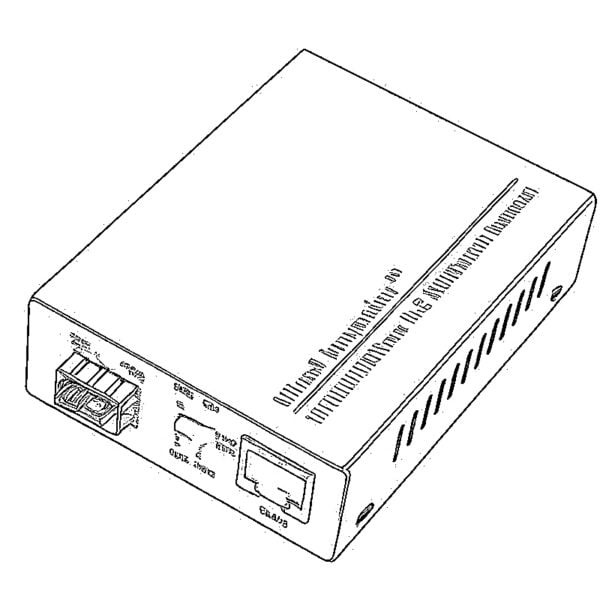
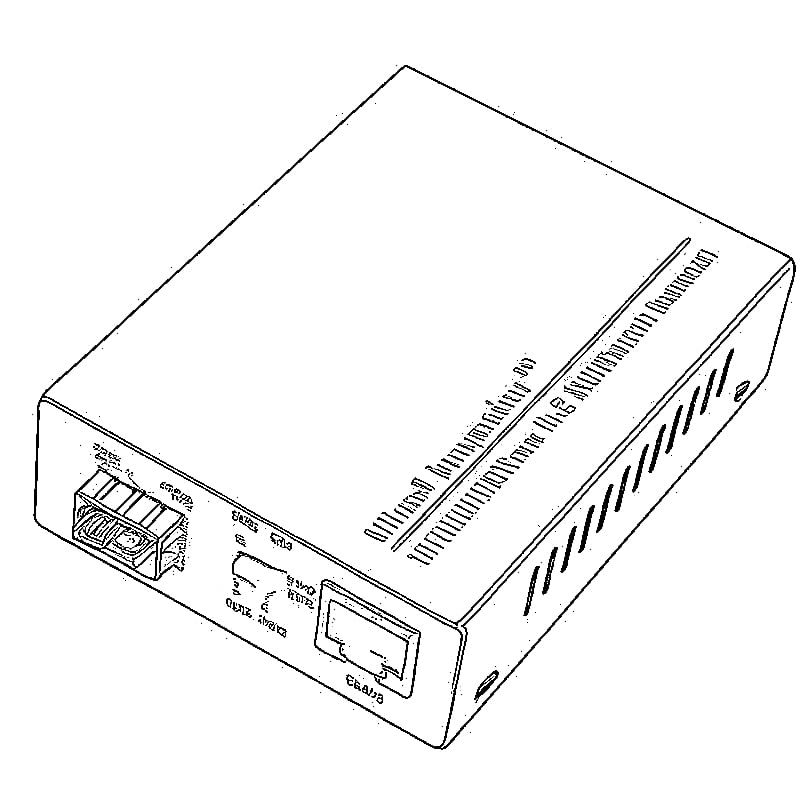
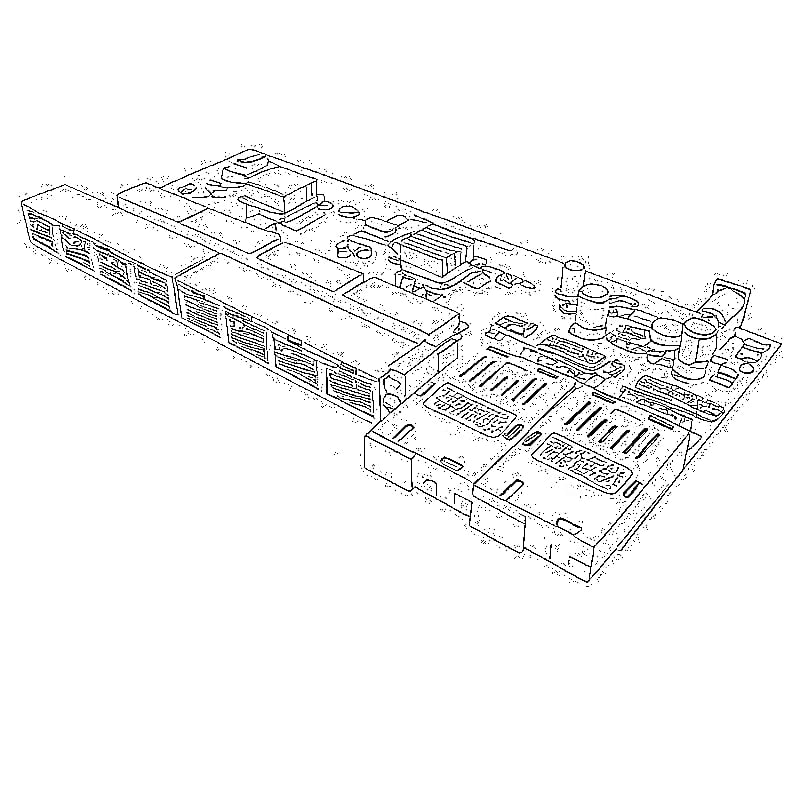
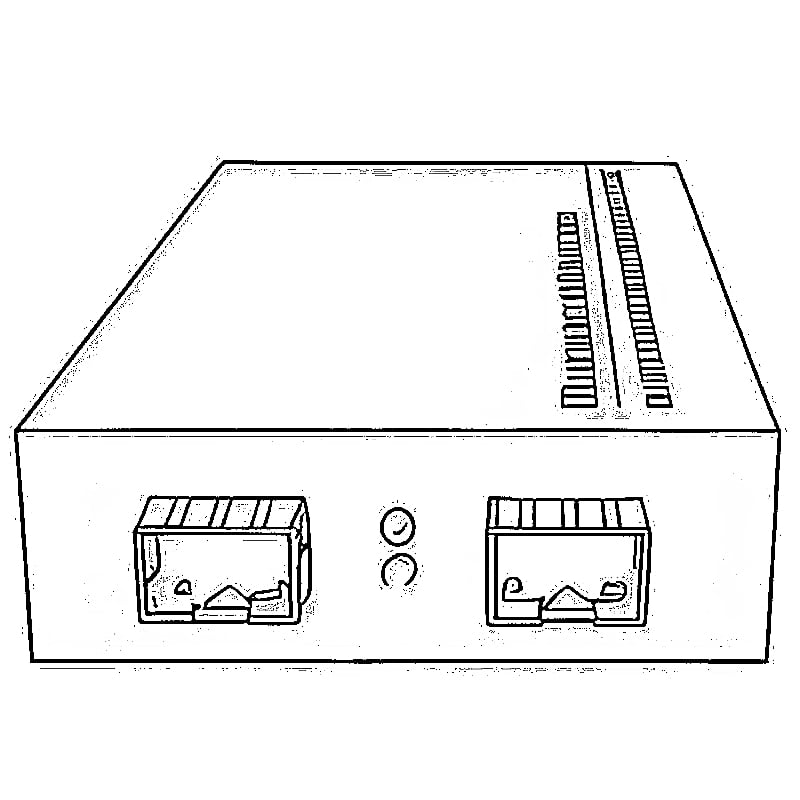
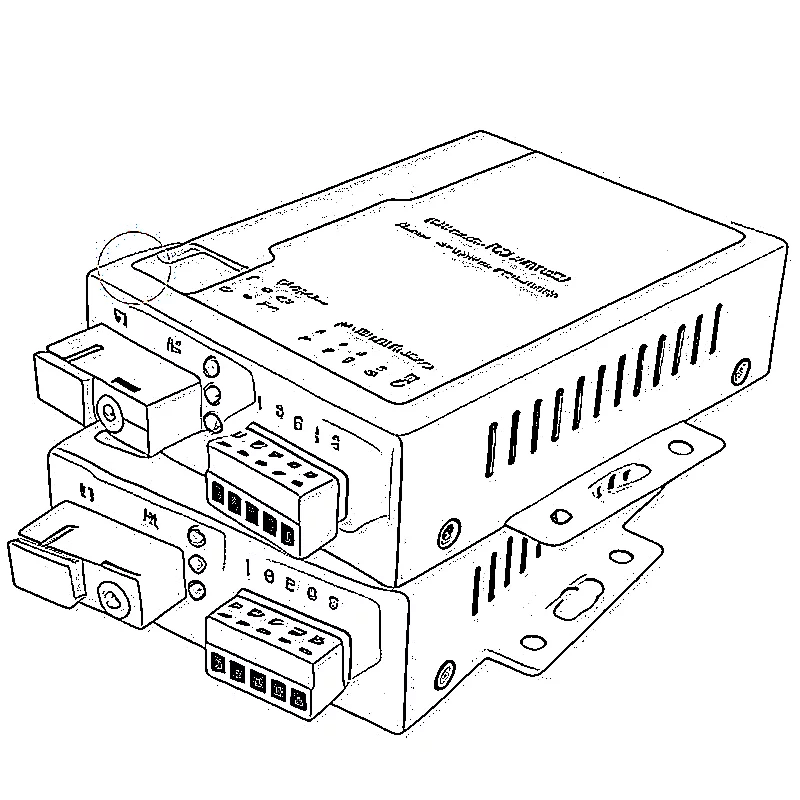
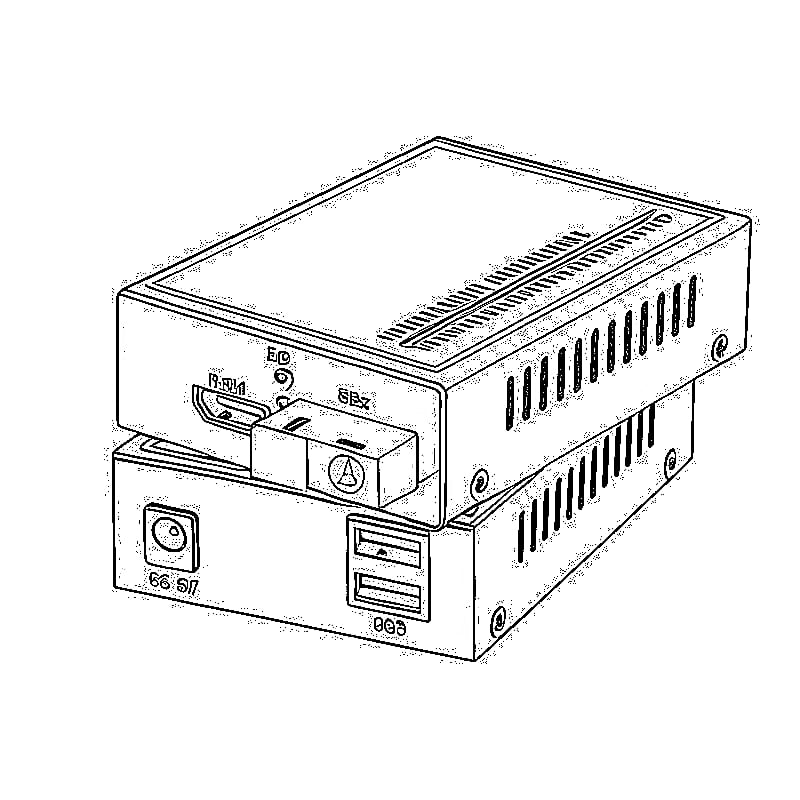

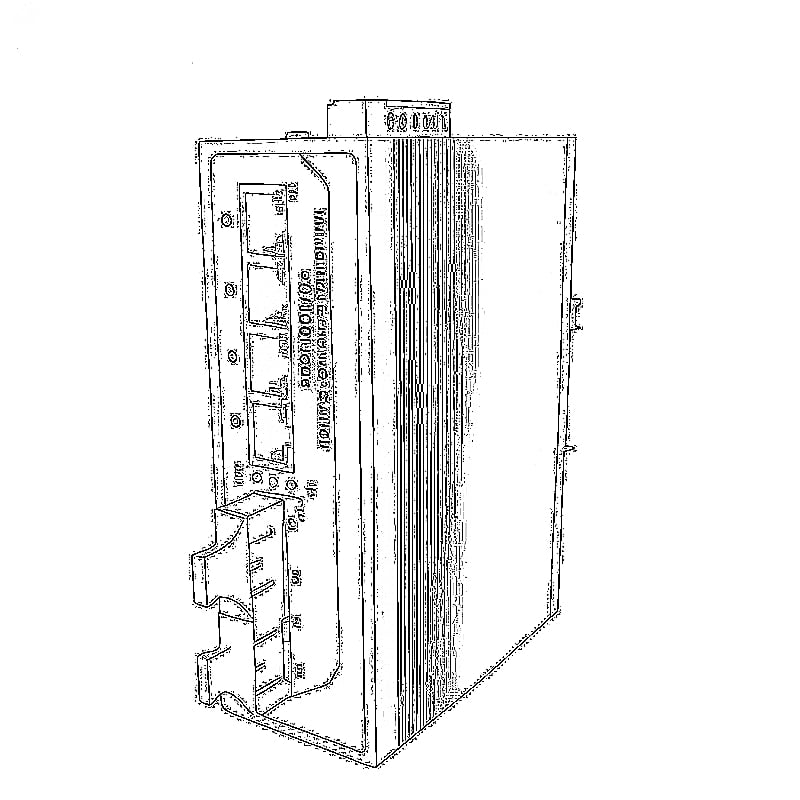
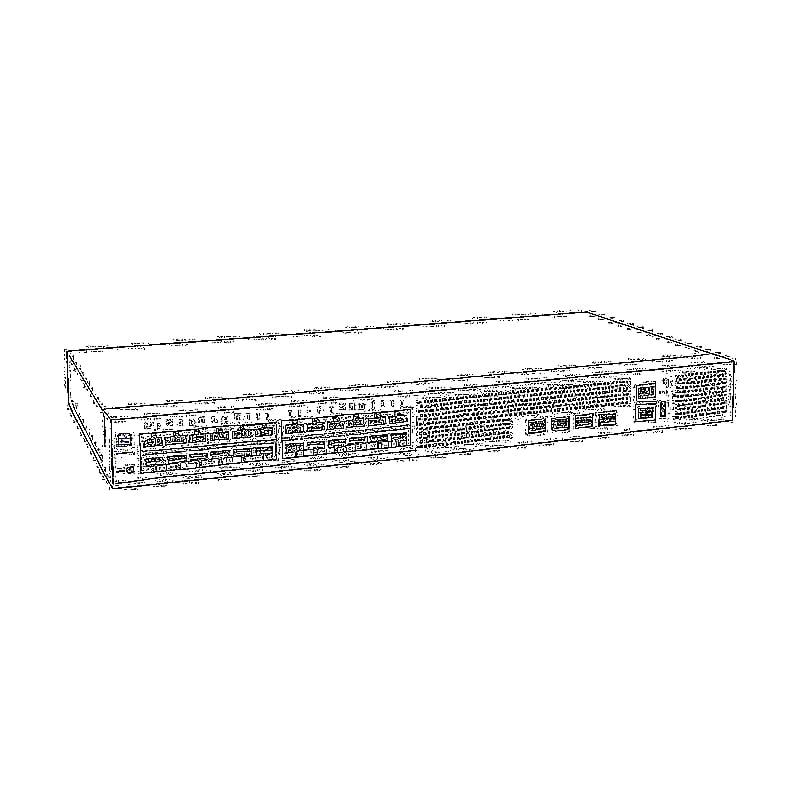
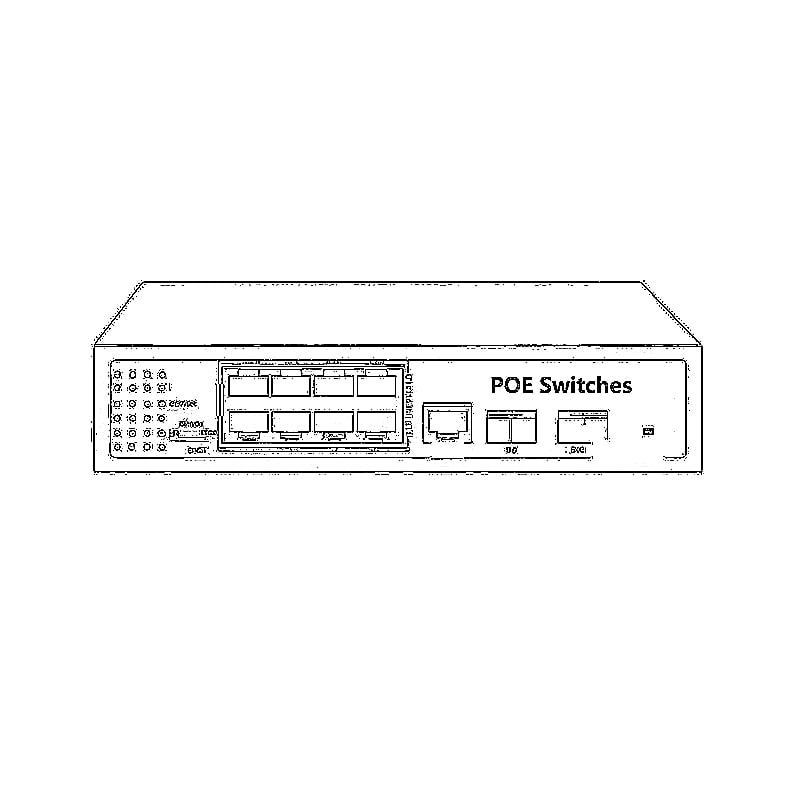
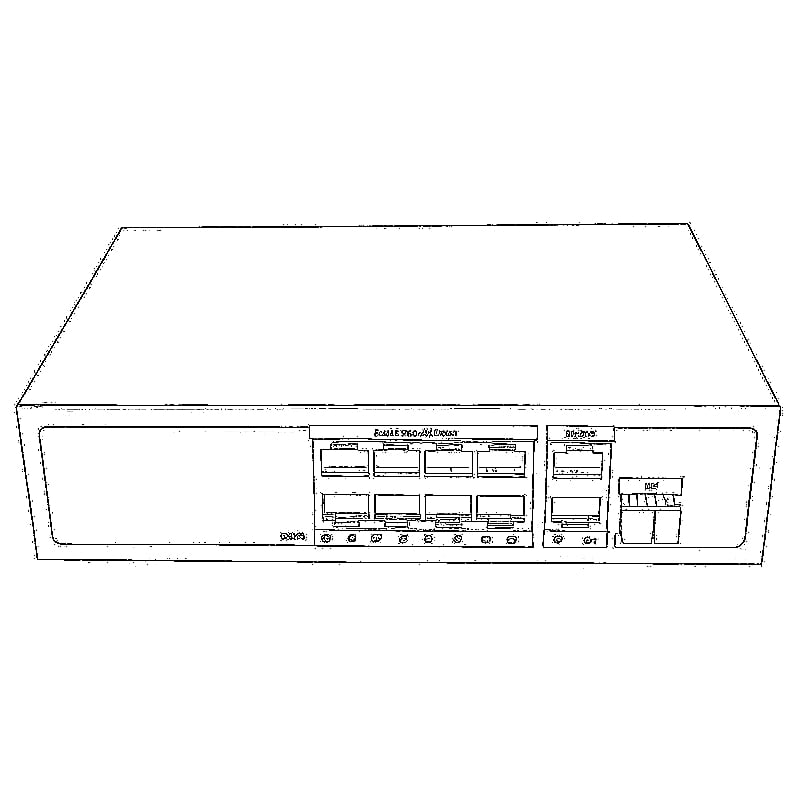
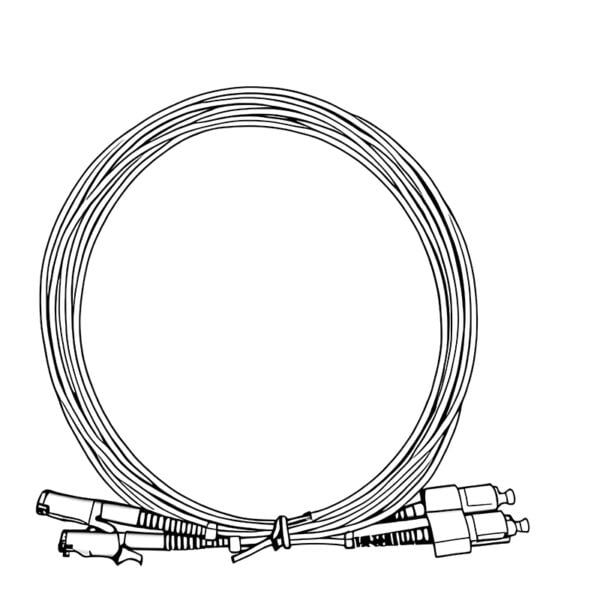
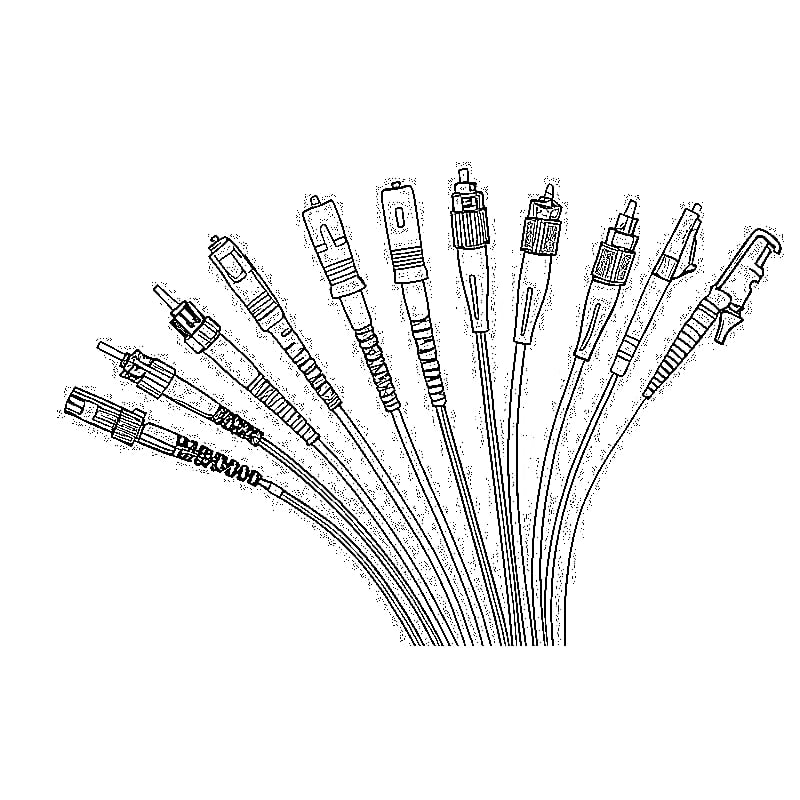
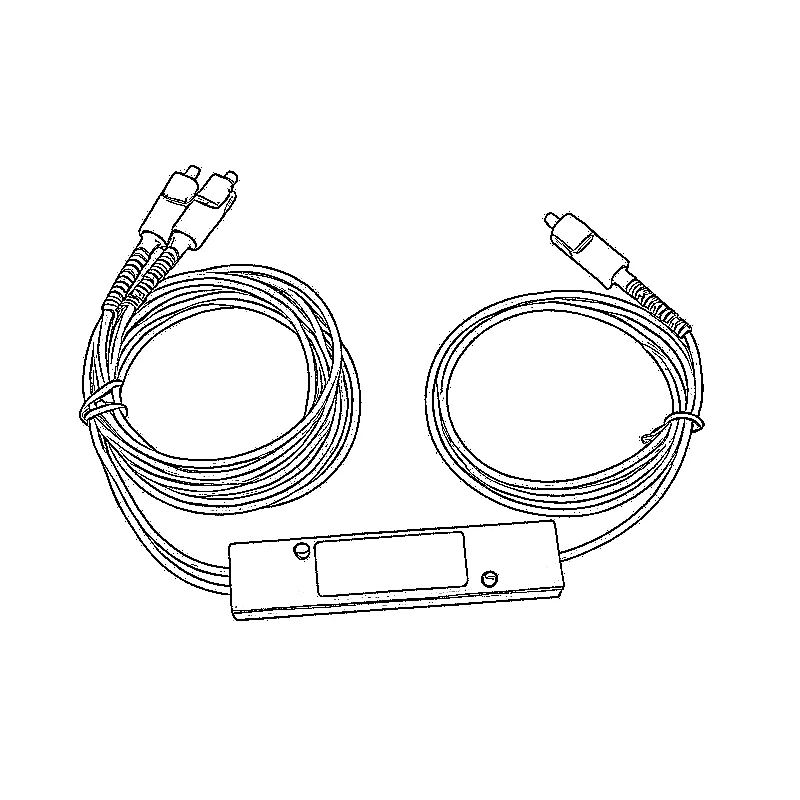
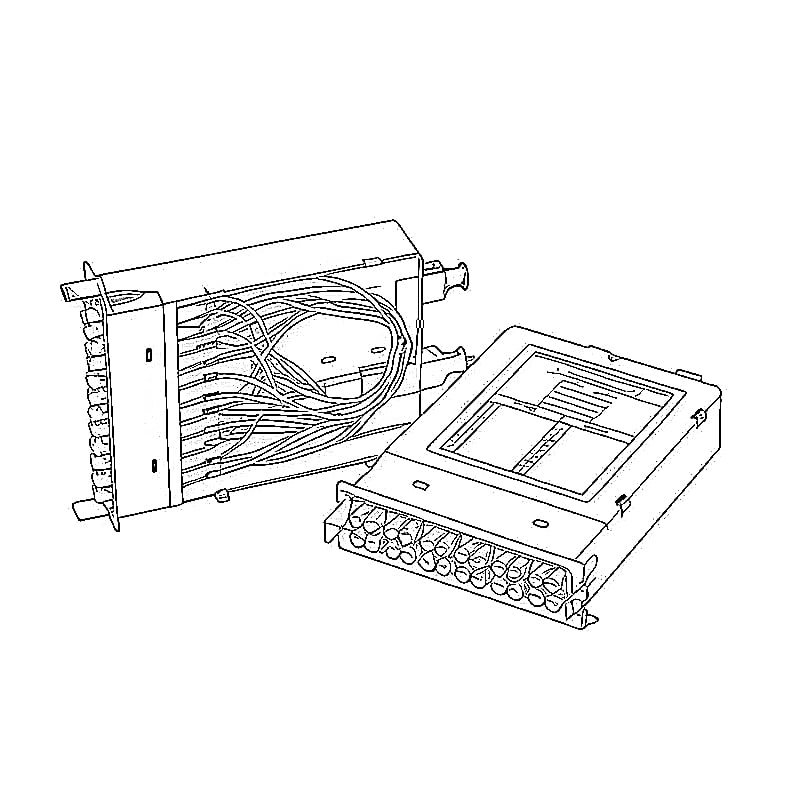
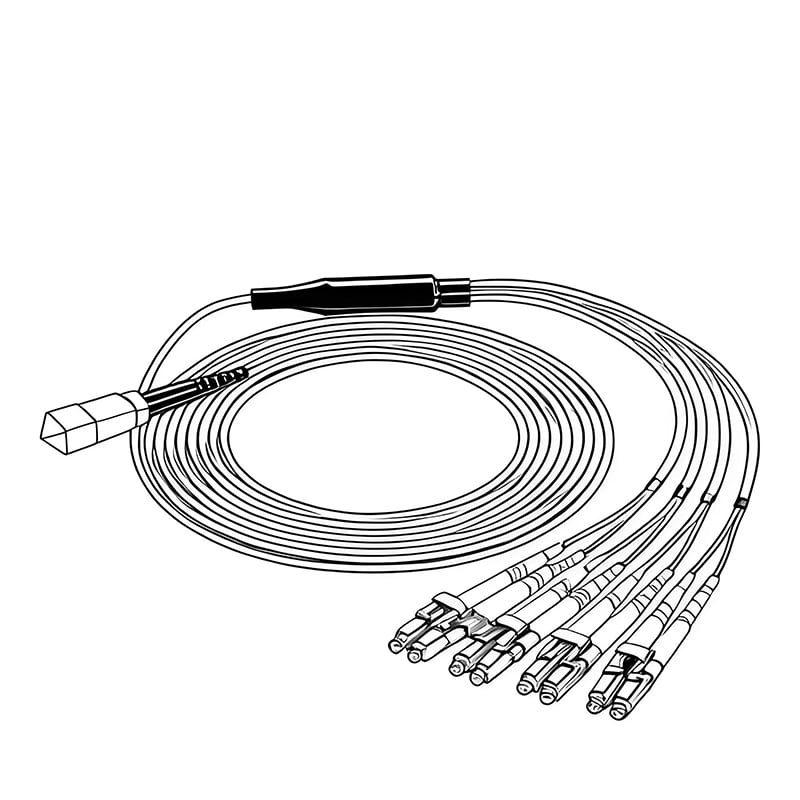
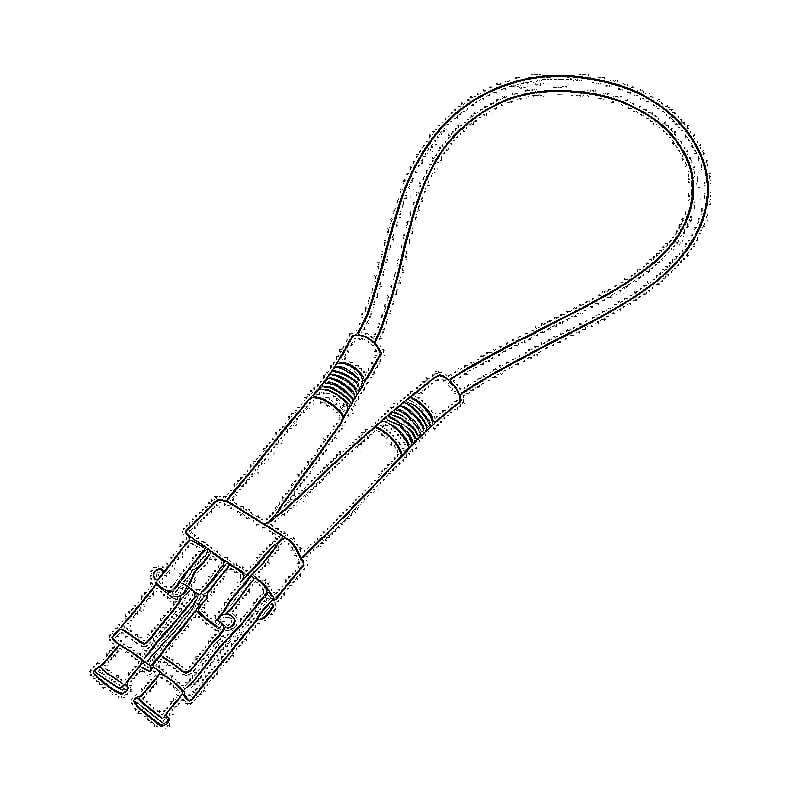
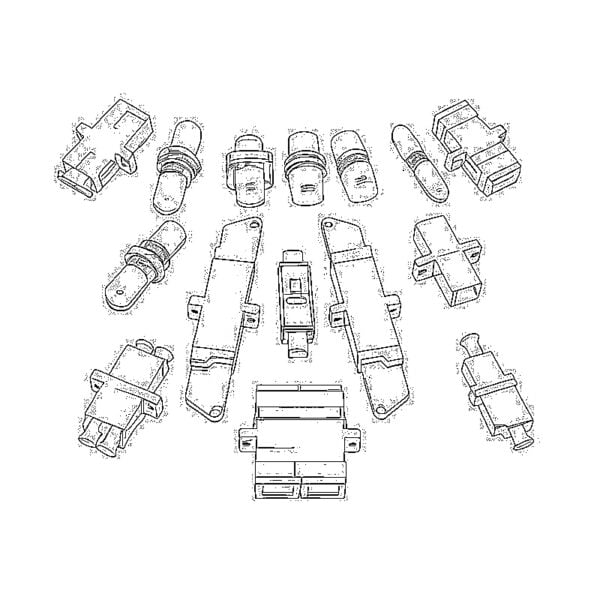
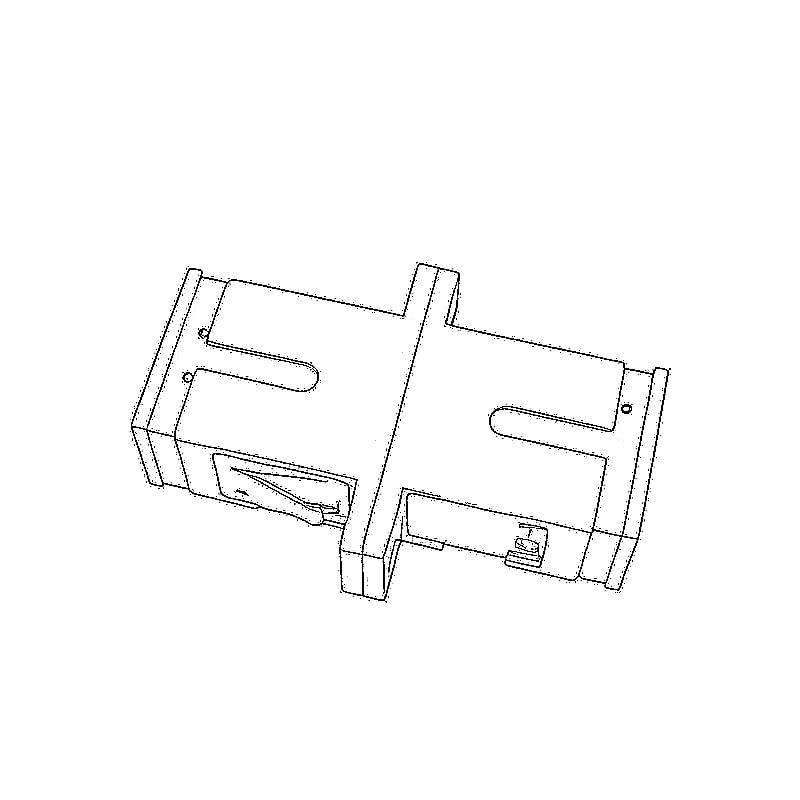
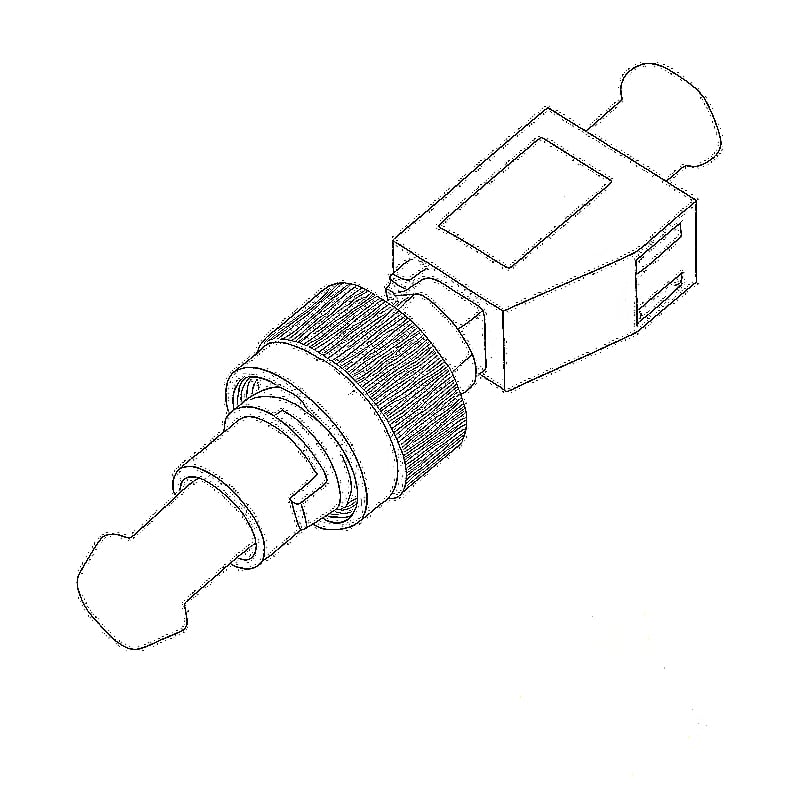
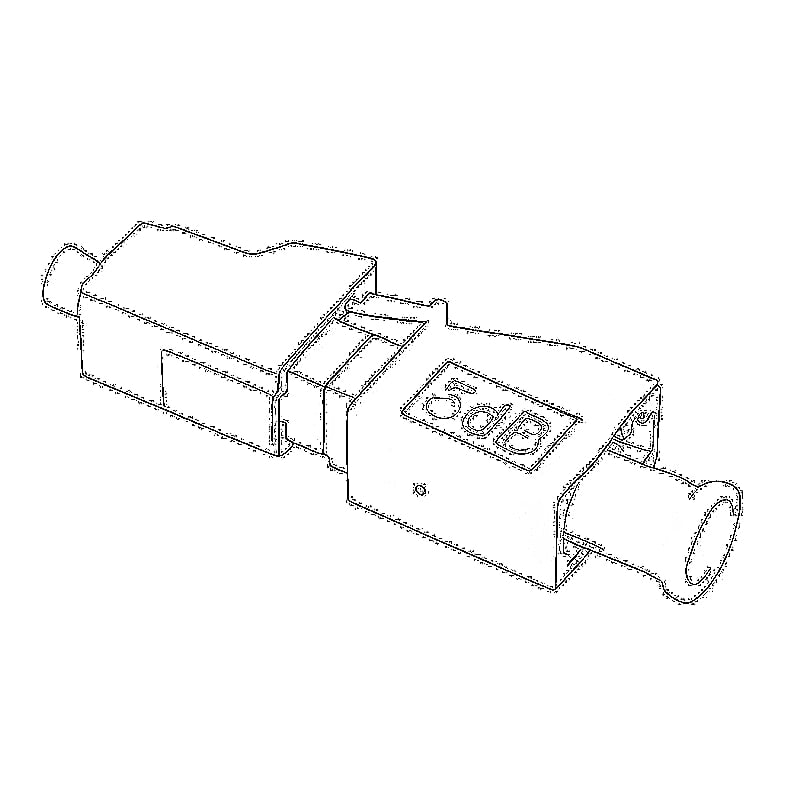
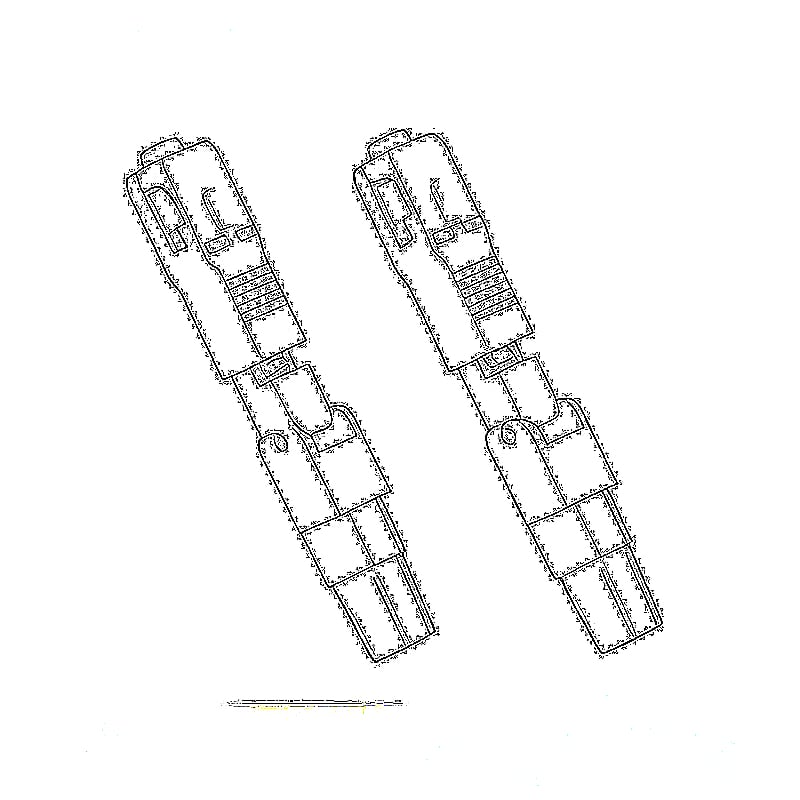
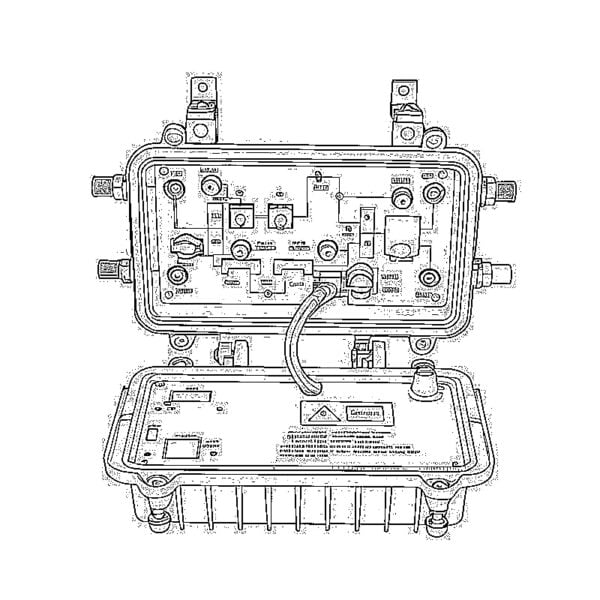
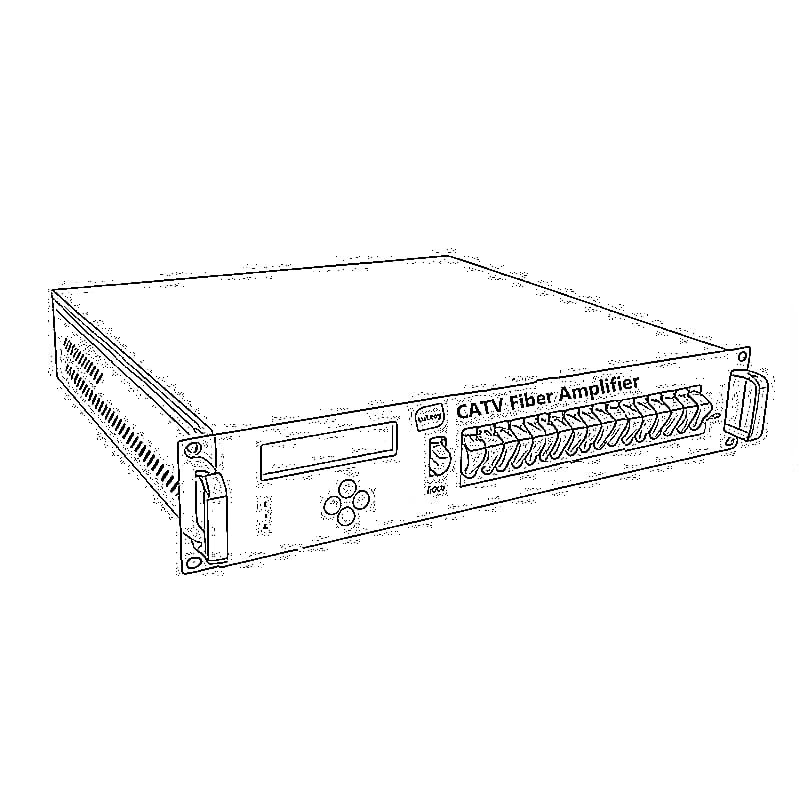
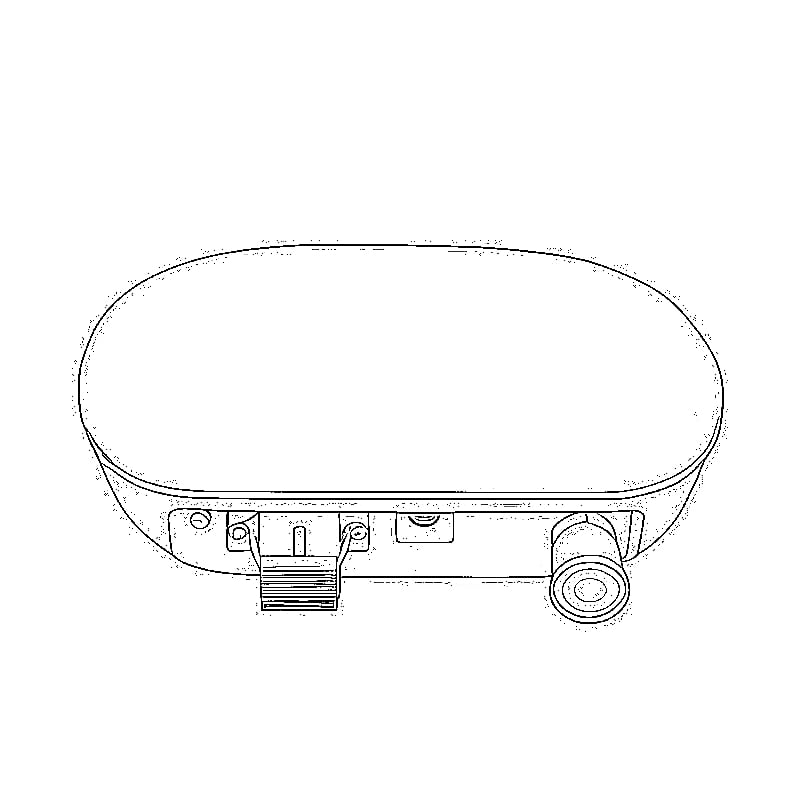
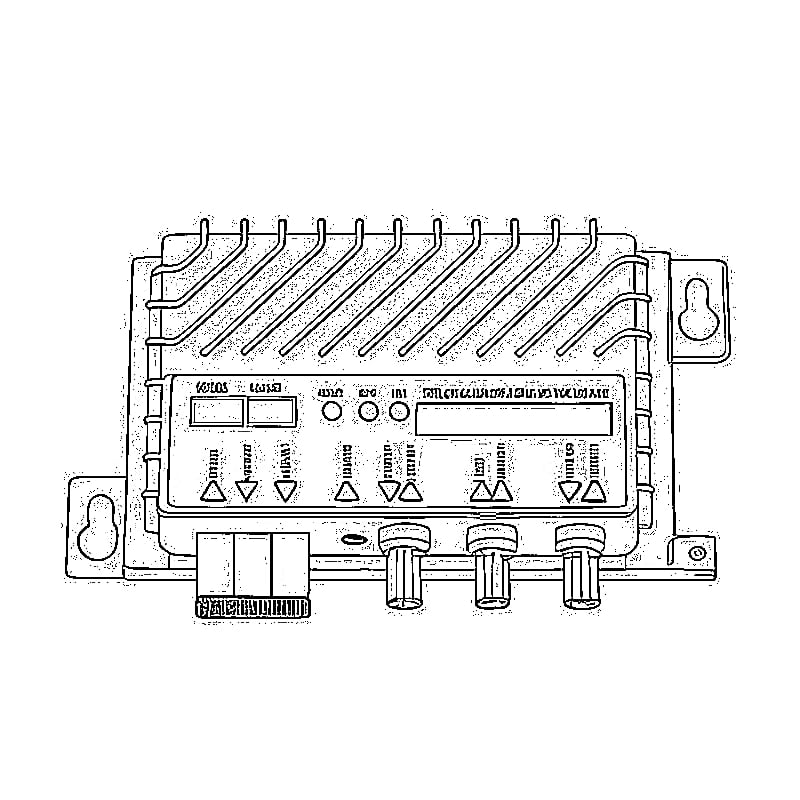

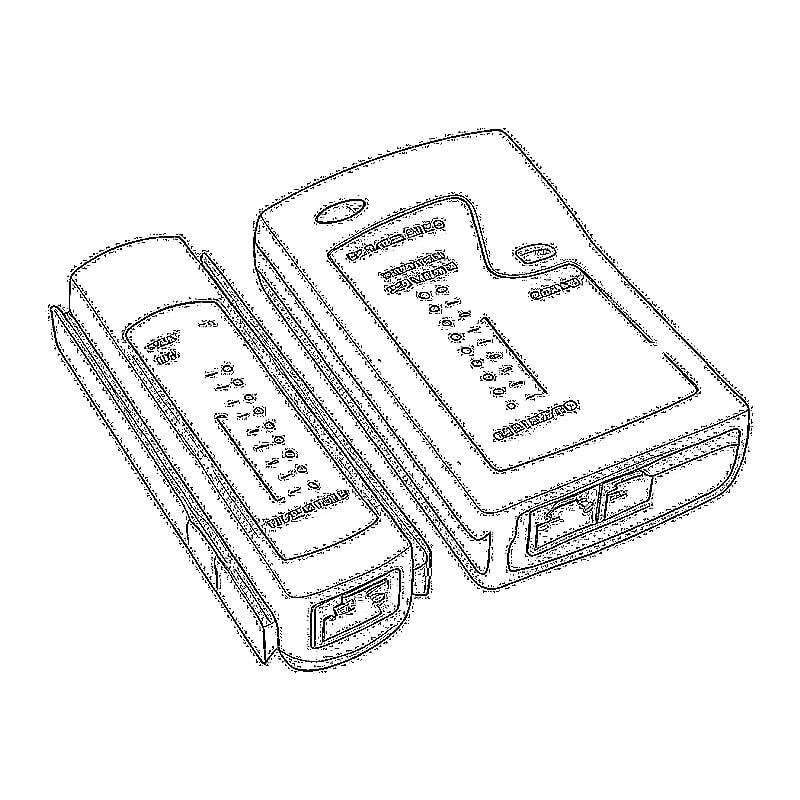
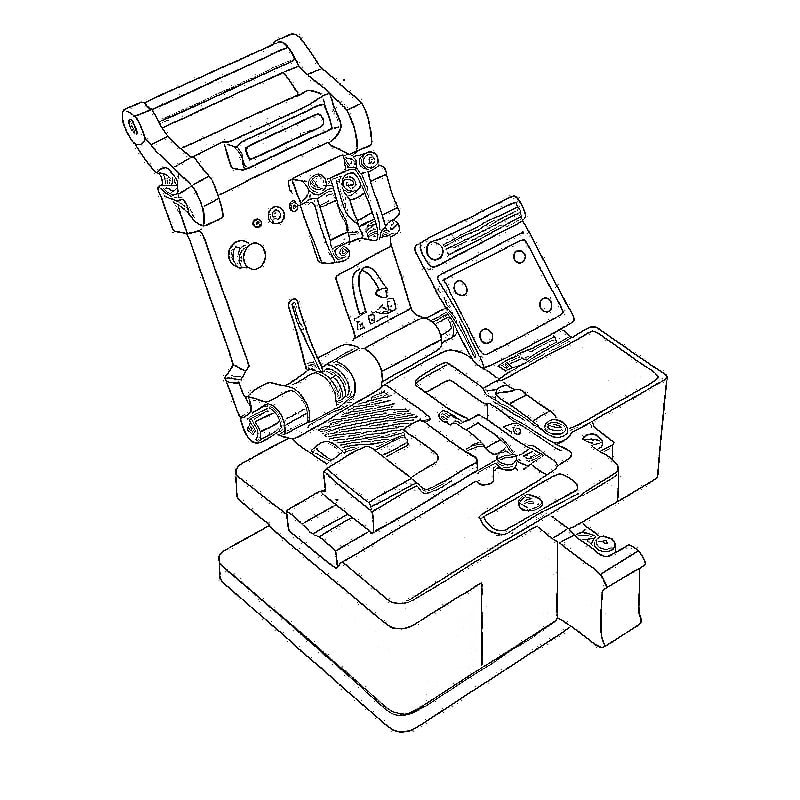
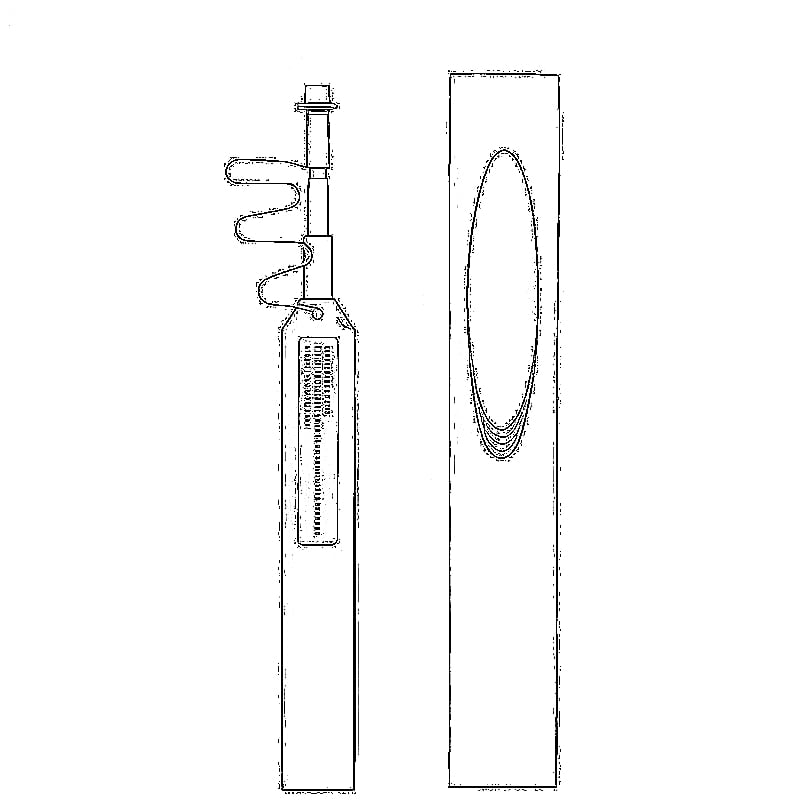
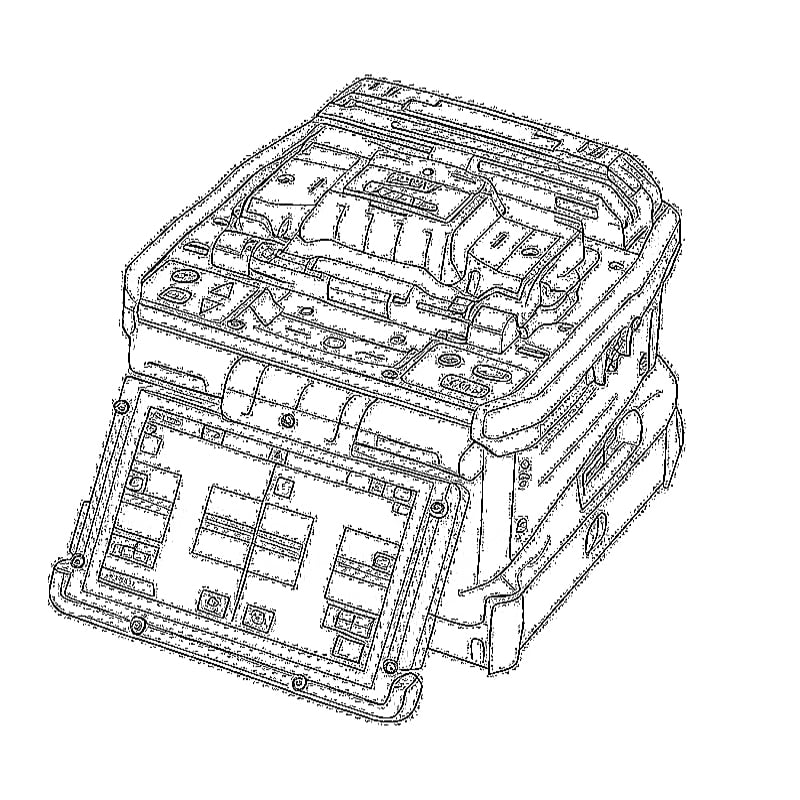
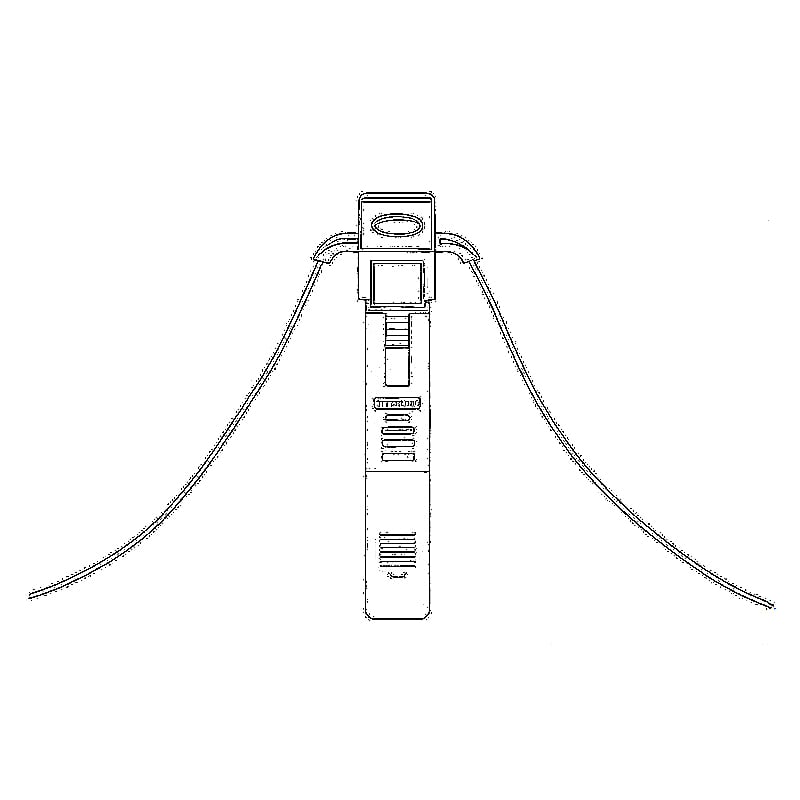
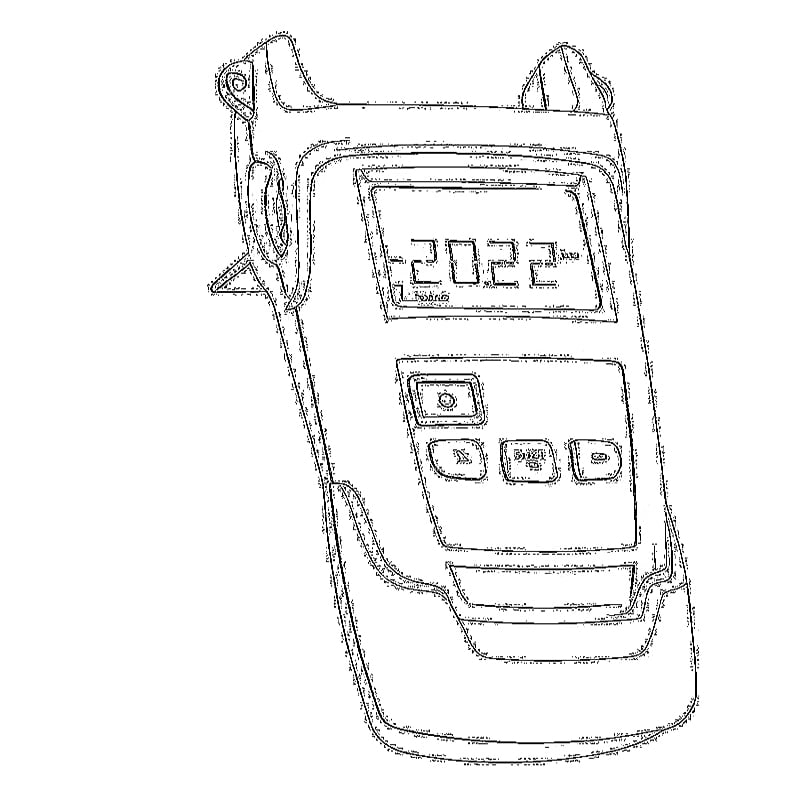
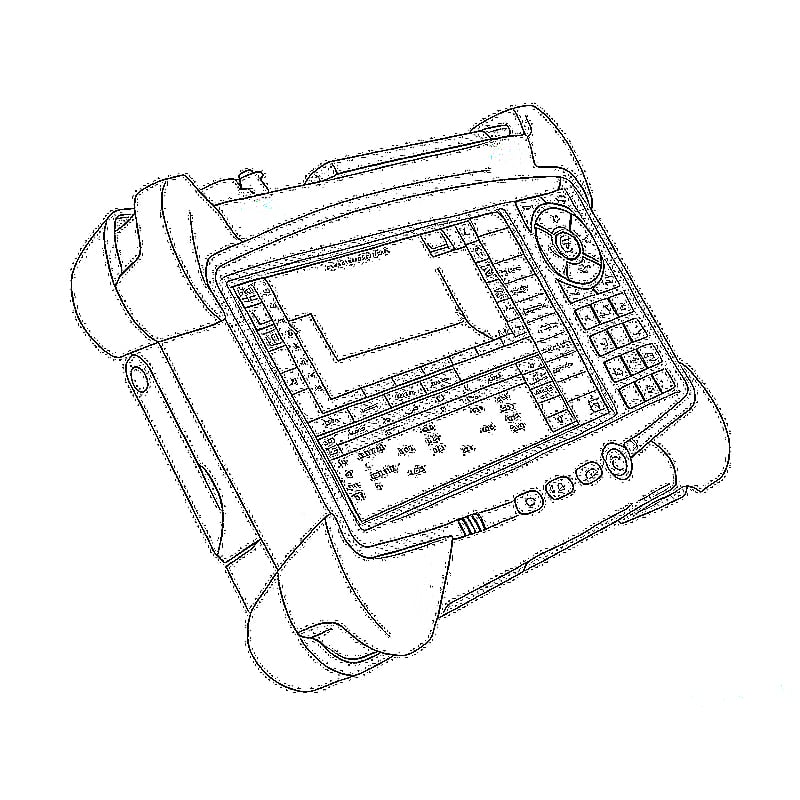

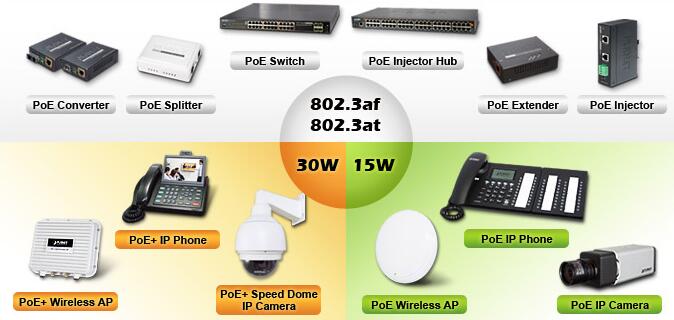
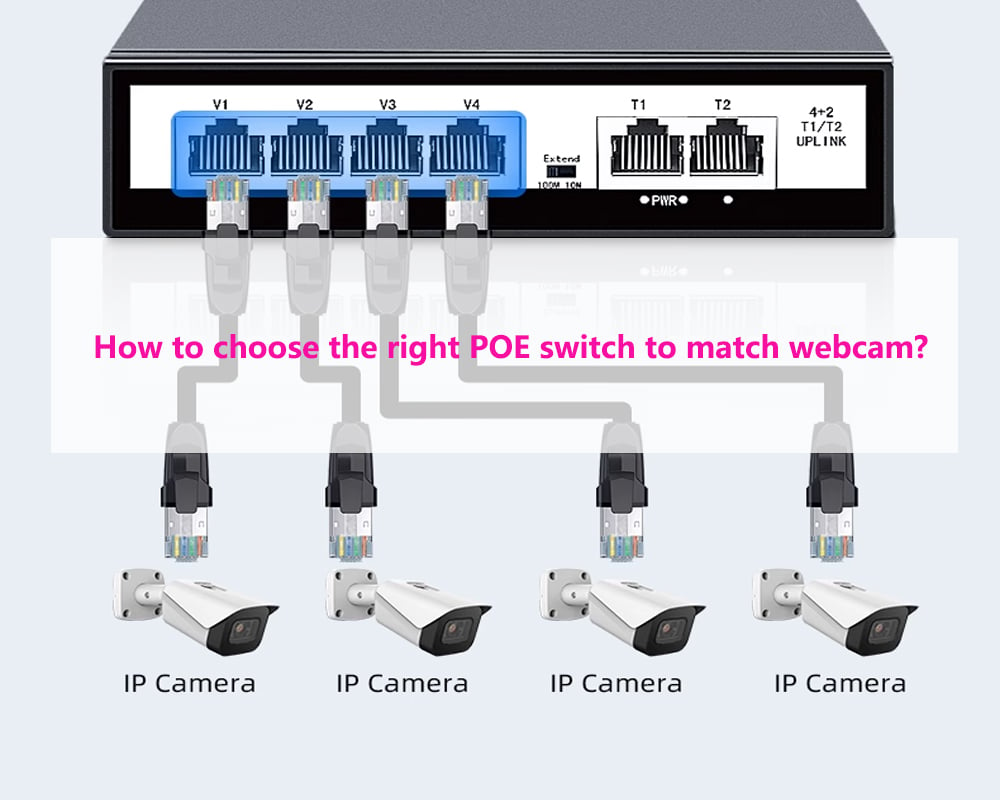
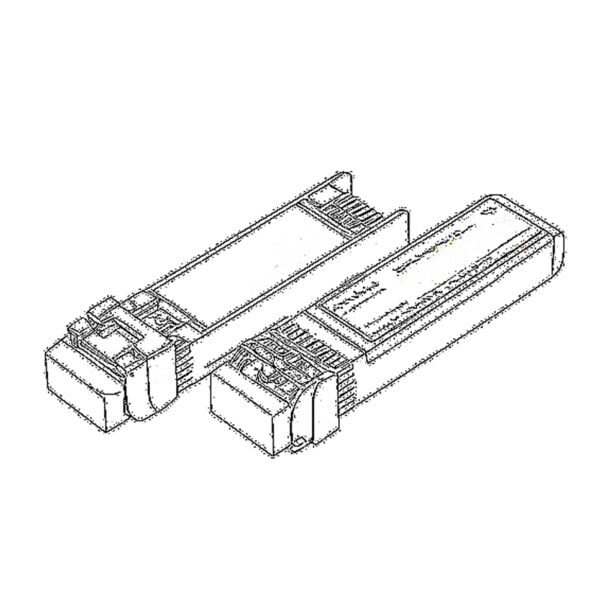 SFP/SFP+ (1G/2.5G/5G/10G)
SFP/SFP+ (1G/2.5G/5G/10G)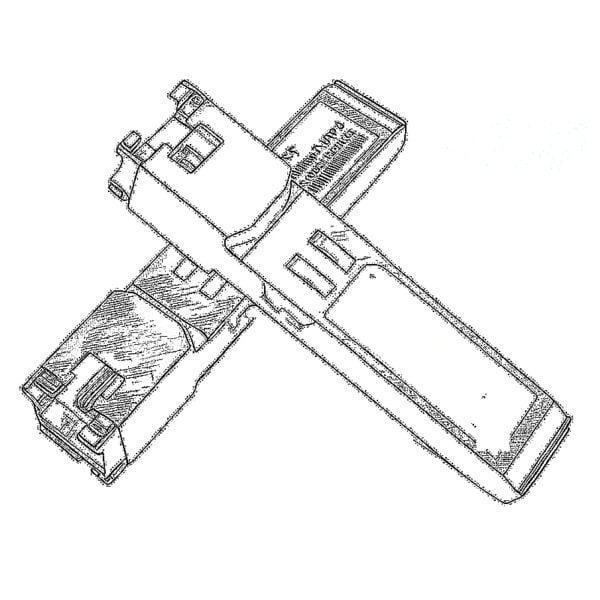 SFP-T (1G/2.5G/10G)
SFP-T (1G/2.5G/10G)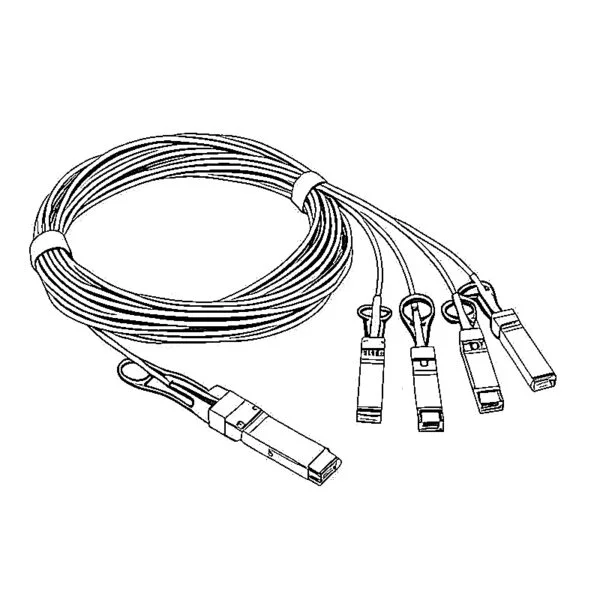 AOC Cable 10G/25G/40G/100G
AOC Cable 10G/25G/40G/100G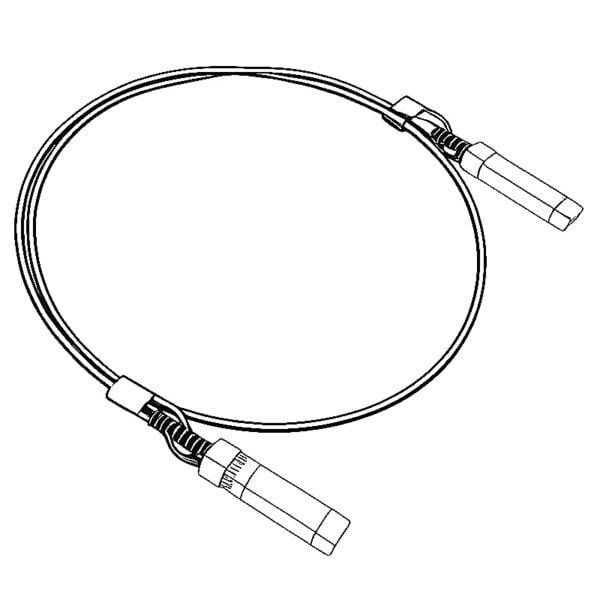 DAC Cable 10G/25G/40G/100G
DAC Cable 10G/25G/40G/100G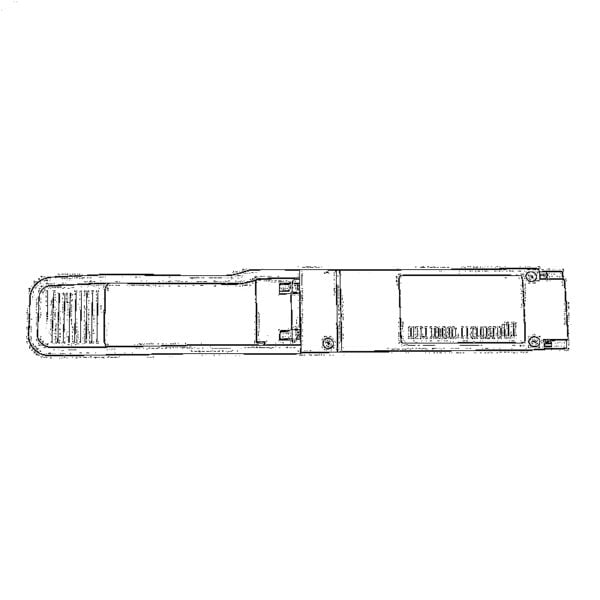 QSFP28 QSFP+ SFP28 100G/40G/25G
QSFP28 QSFP+ SFP28 100G/40G/25G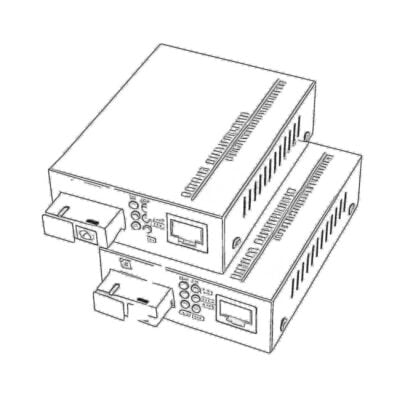 Copper to Fiber Media Converters
Copper to Fiber Media Converters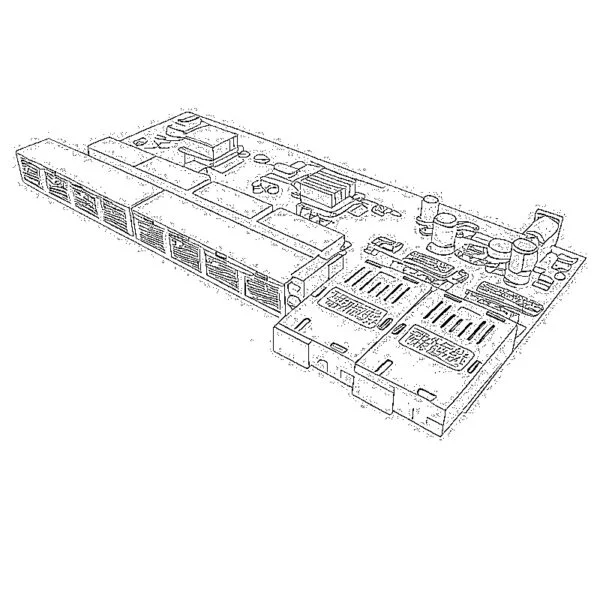 Fiber Media Converter PCBA Board
Fiber Media Converter PCBA Board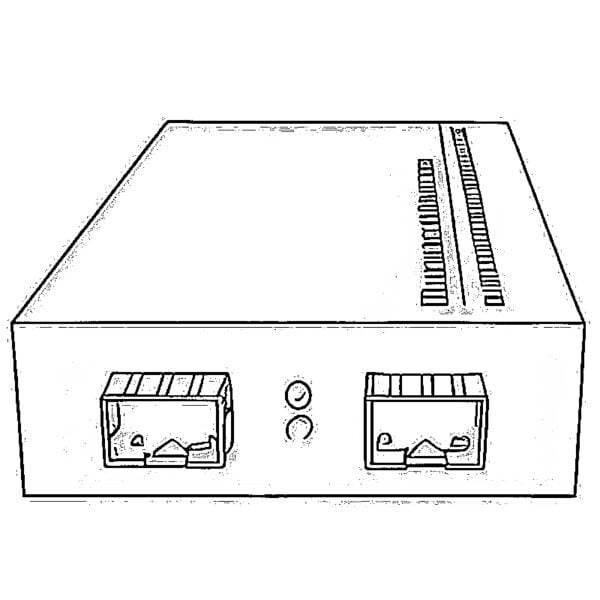 OEO Fiber Media Converters
OEO Fiber Media Converters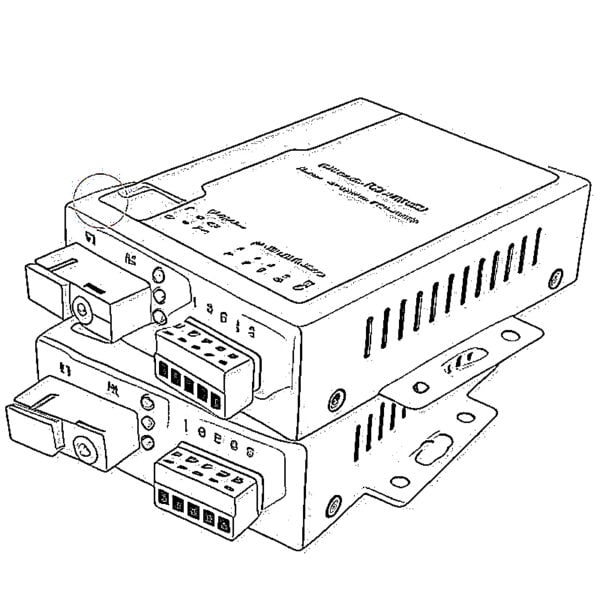 Serial to Fiber Media Converters
Serial to Fiber Media Converters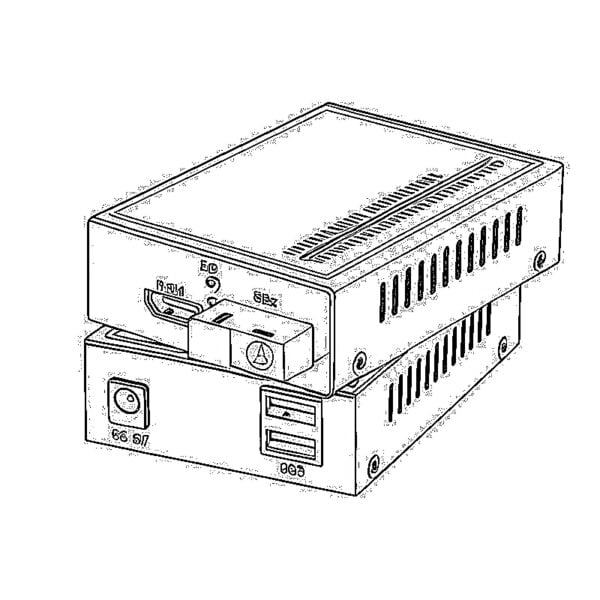 Video to Fiber Media Converters
Video to Fiber Media Converters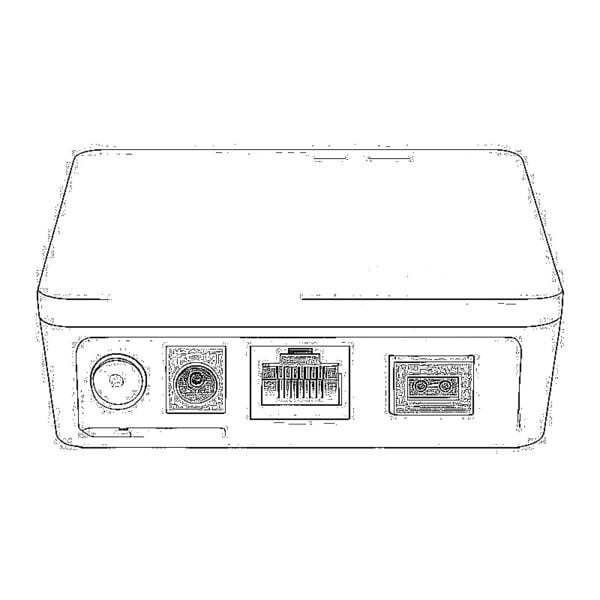 1000M GPON/EPON ONU
1000M GPON/EPON ONU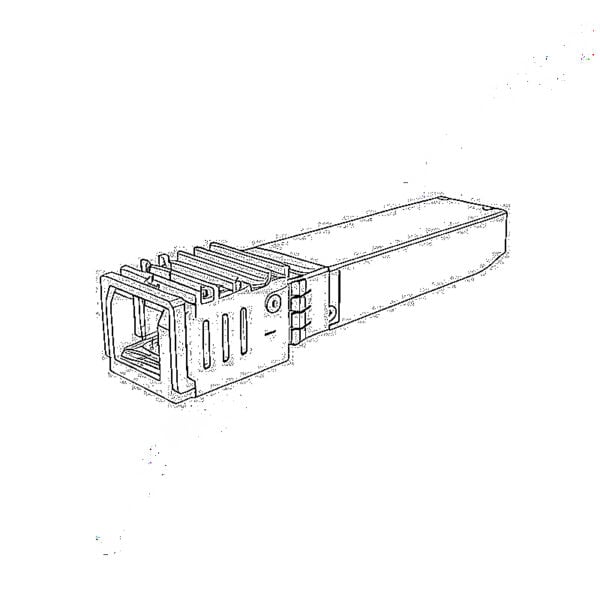 10G EPON ONU/XG-PON/XGS-PON
10G EPON ONU/XG-PON/XGS-PON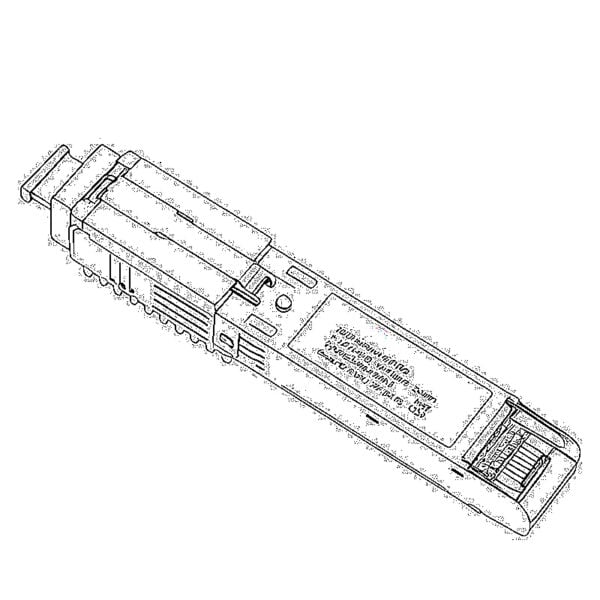 2.5G GPON/XPON STICK SFP ONU
2.5G GPON/XPON STICK SFP ONU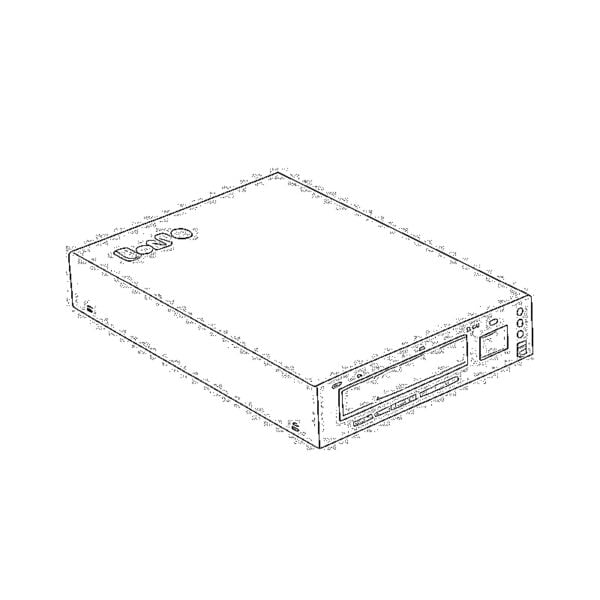 POE GPON/EPON ONU
POE GPON/EPON ONU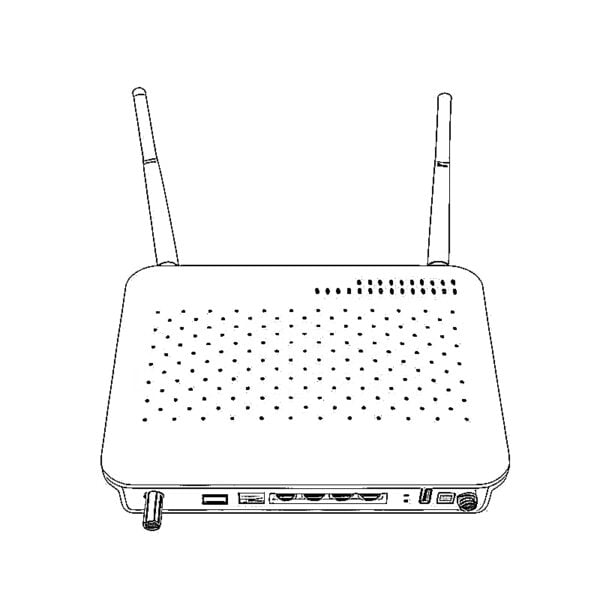 Wireless GPON/EPON ONT
Wireless GPON/EPON ONT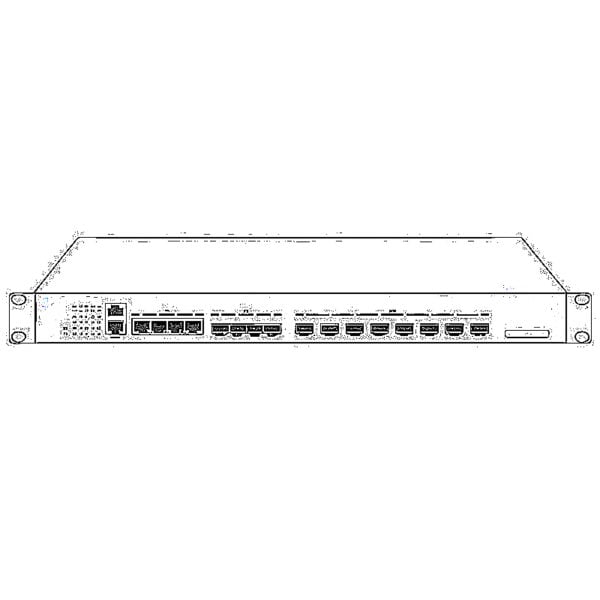 EPON OLT
EPON OLT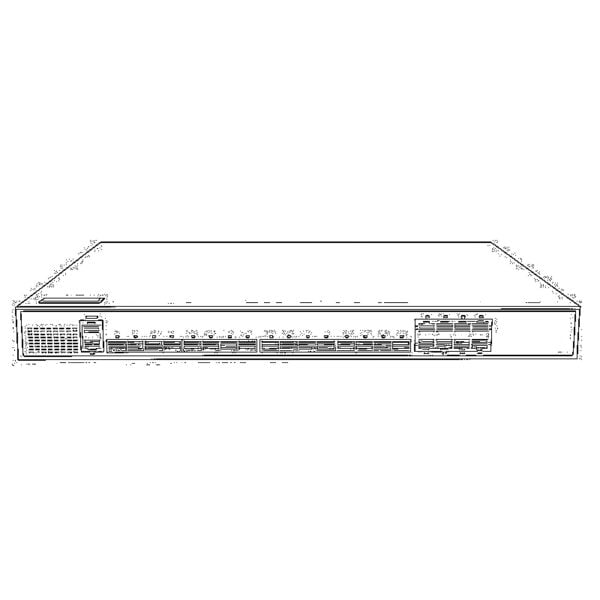 GPON OLT
GPON OLT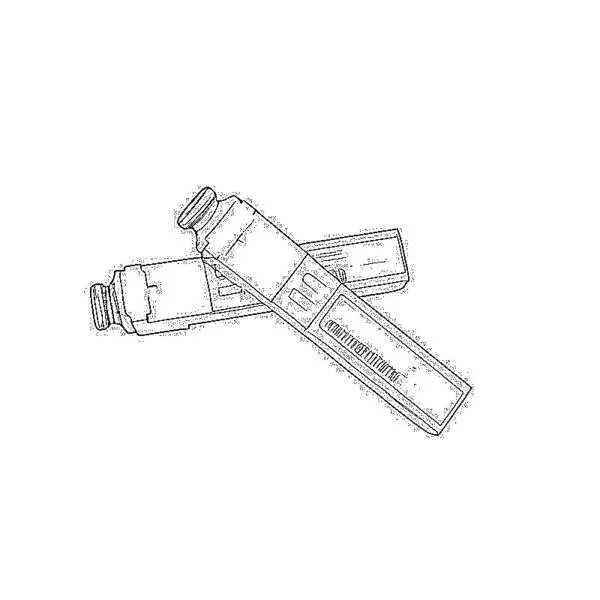 SFP PON Module
SFP PON Module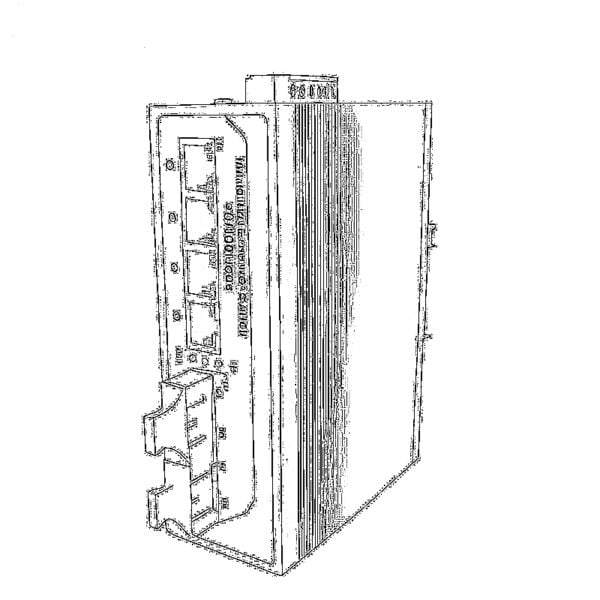 Industrial Switches
Industrial Switches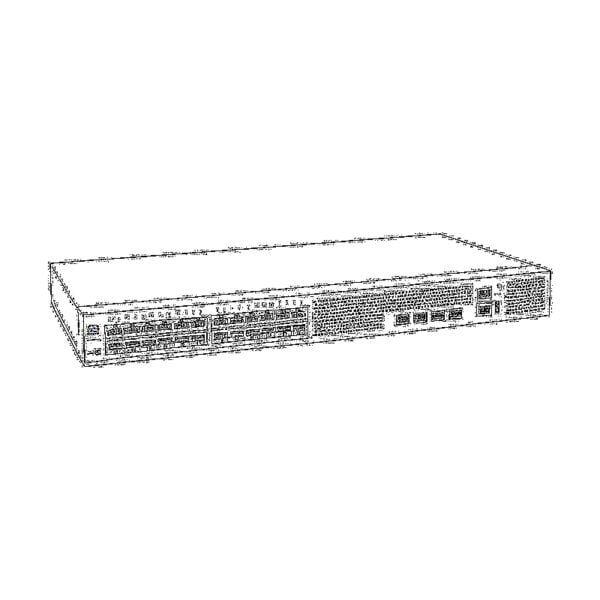 Managed Switches
Managed Switches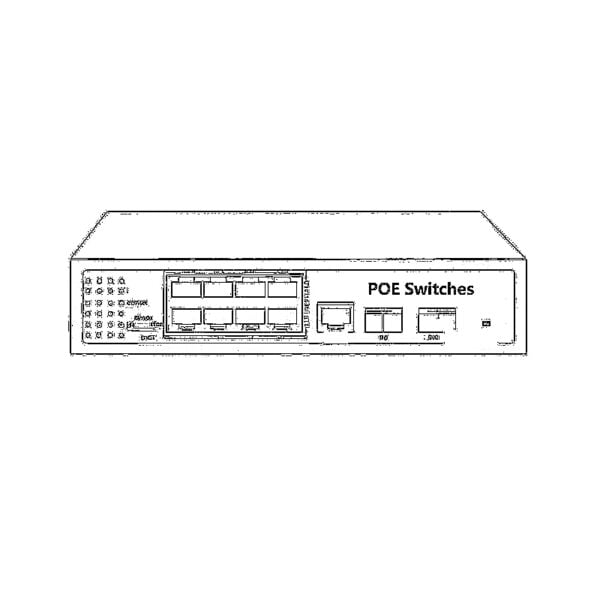 POE Switches
POE Switches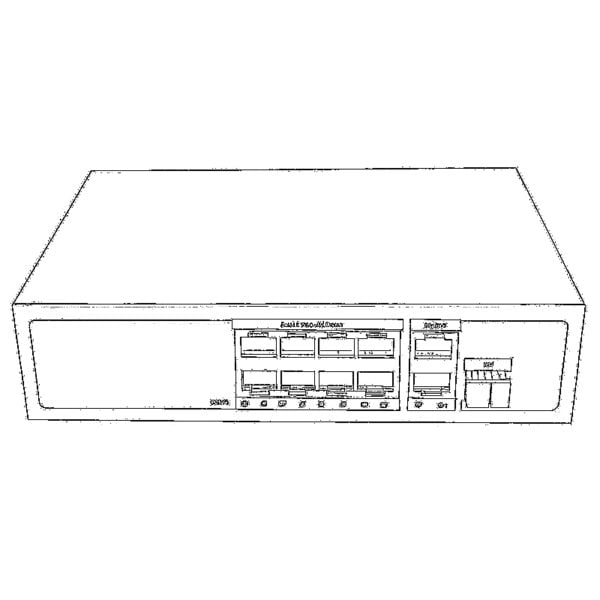 Unmanaged Switches
Unmanaged Switches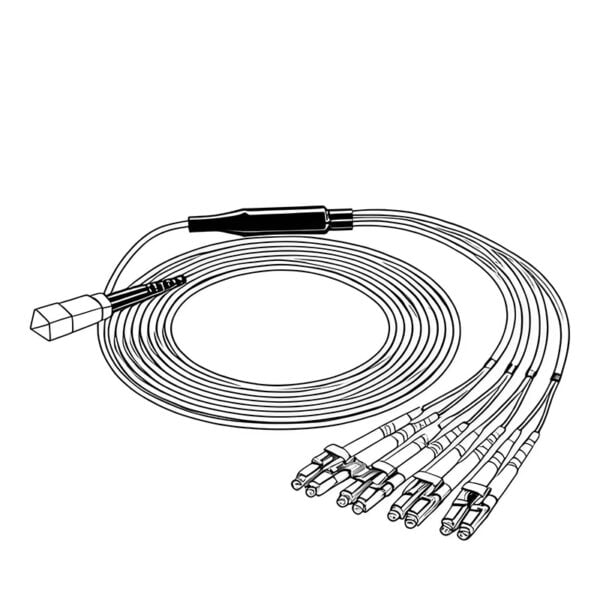 MTP/MPO Fiber Cables
MTP/MPO Fiber Cables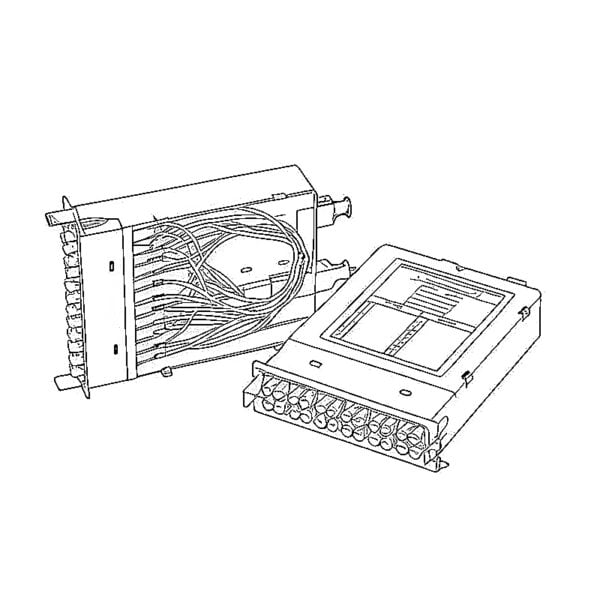 Fiber Optic Cassettes
Fiber Optic Cassettes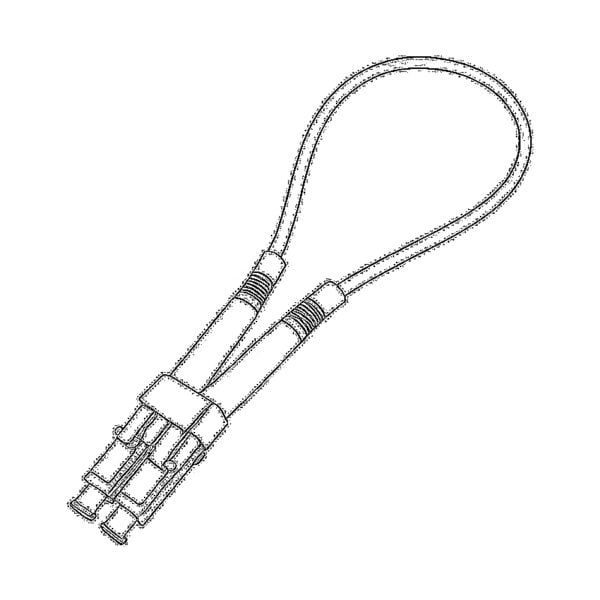 Fiber Optic Loopback
Fiber Optic Loopback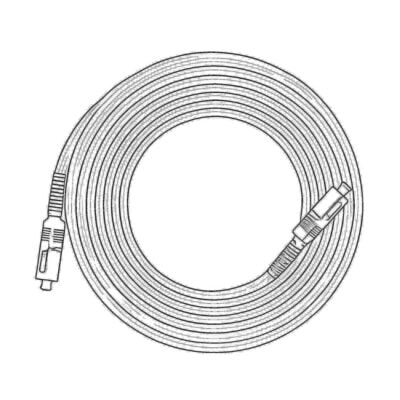 Optic Cables and Fiber Pigtails
Optic Cables and Fiber Pigtails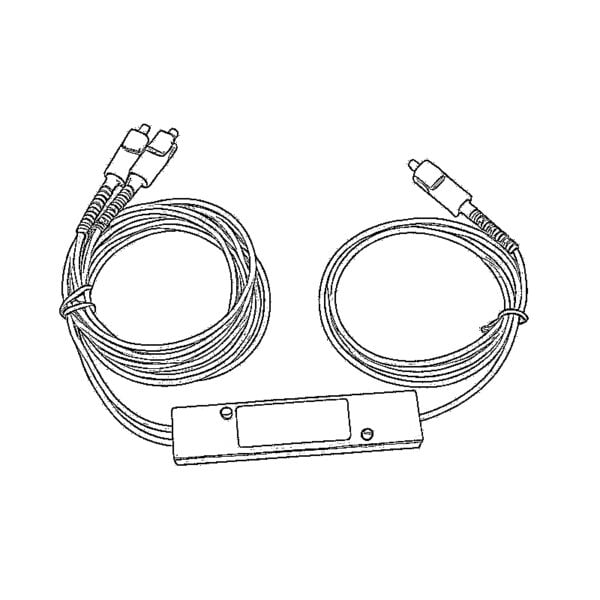 Optical Splitters and Splitter Box
Optical Splitters and Splitter Box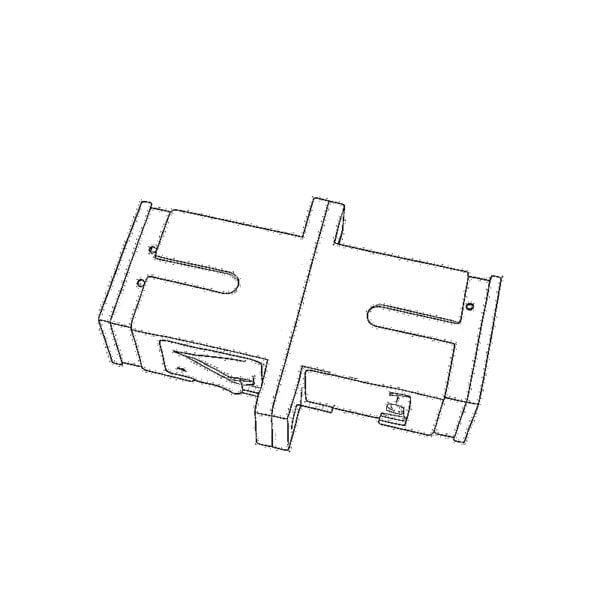 Fiber Flange Connectors
Fiber Flange Connectors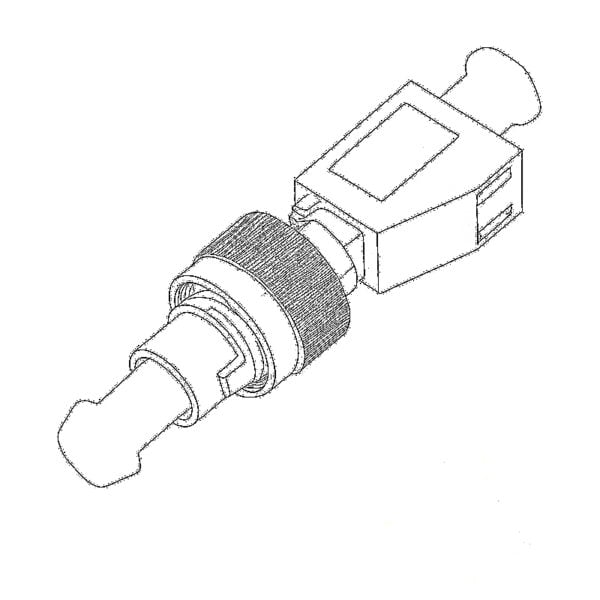 Optical Adapters
Optical Adapters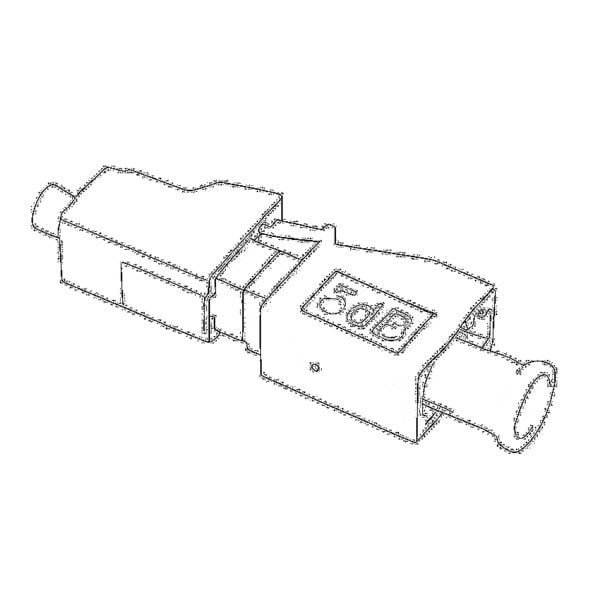 Optical Attenuator
Optical Attenuator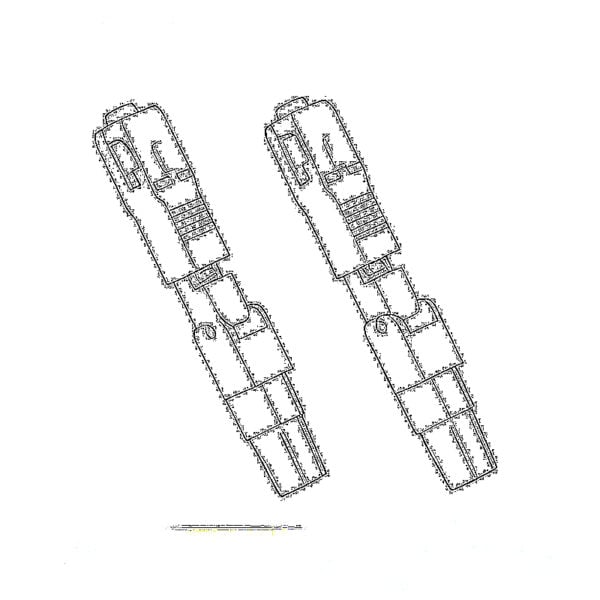 Quick Connector and Connector Panel
Quick Connector and Connector Panel CATV Amplifier
CATV Amplifier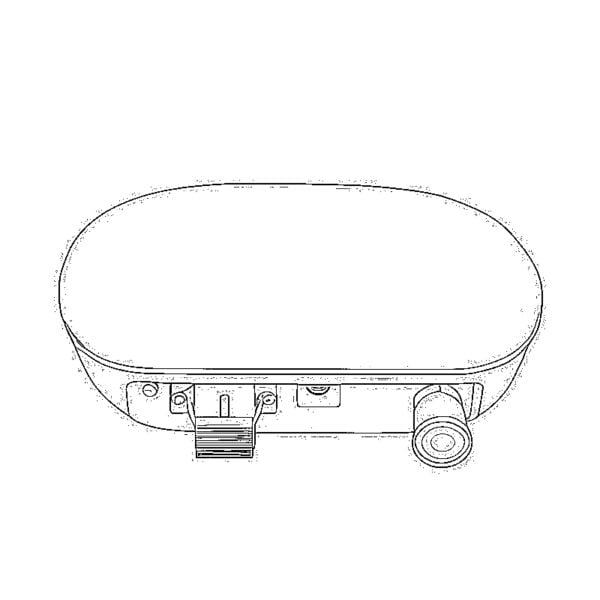 CATV Optical Receiver
CATV Optical Receiver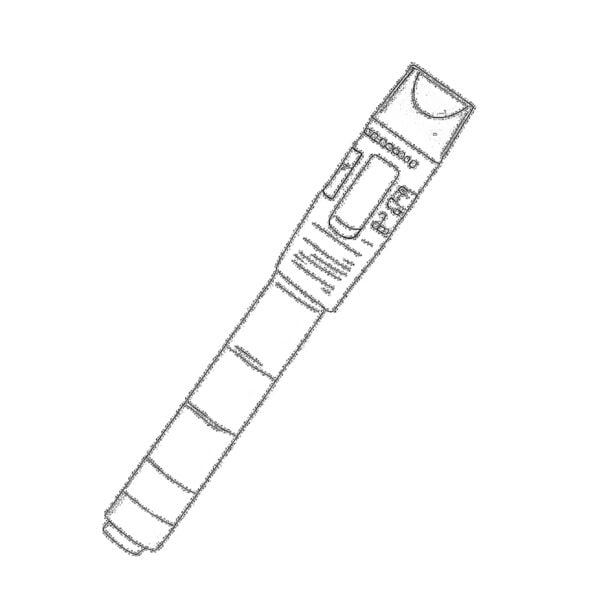 Visual Fault Locator
Visual Fault Locator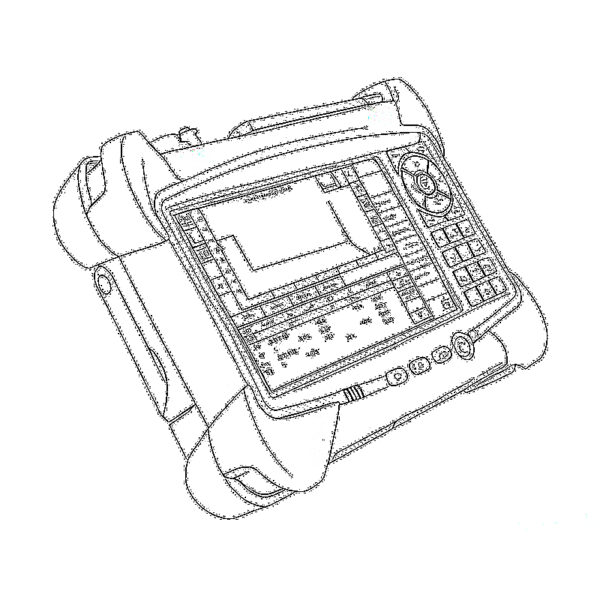 OTDR
OTDR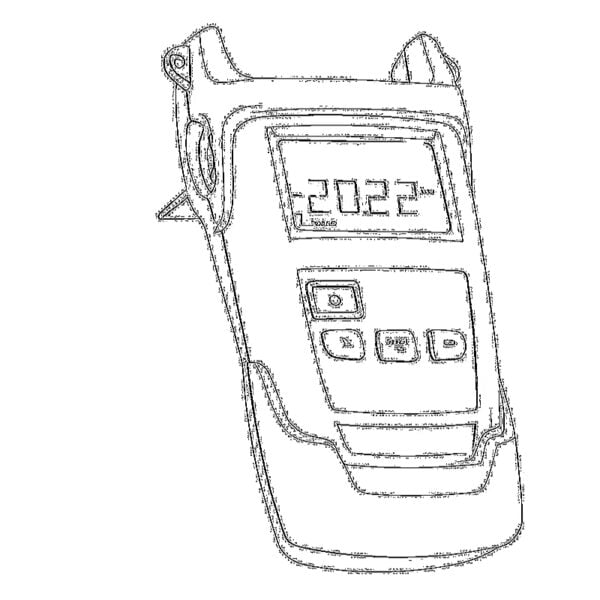 Optical Power Meter
Optical Power Meter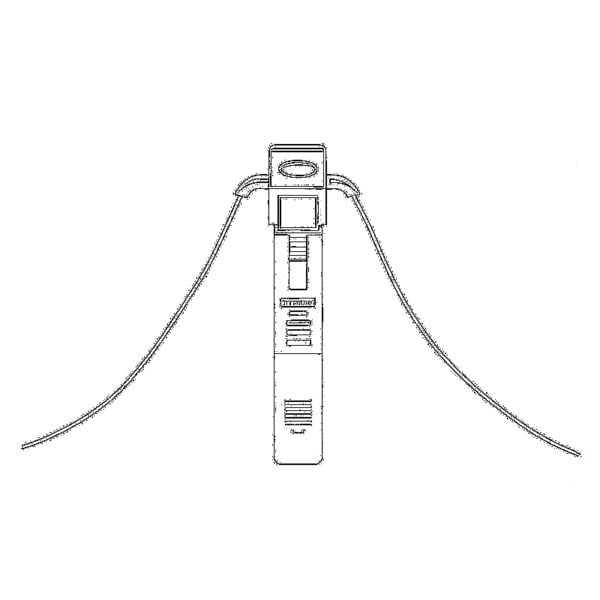 Fiber Optic Identifier
Fiber Optic Identifier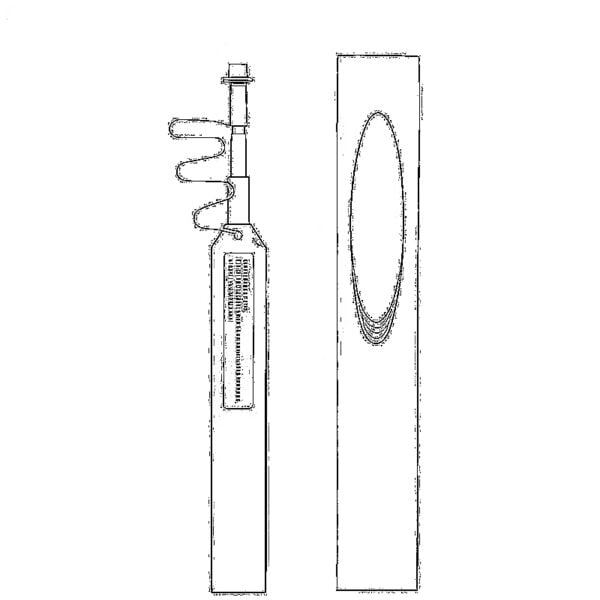 Fiber Optic Cleaners
Fiber Optic Cleaners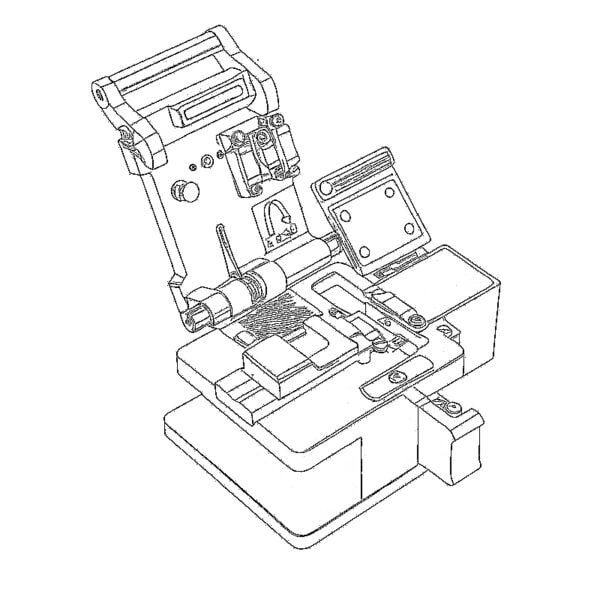 Fiber Cleavers & Fiber Strippers
Fiber Cleavers & Fiber Strippers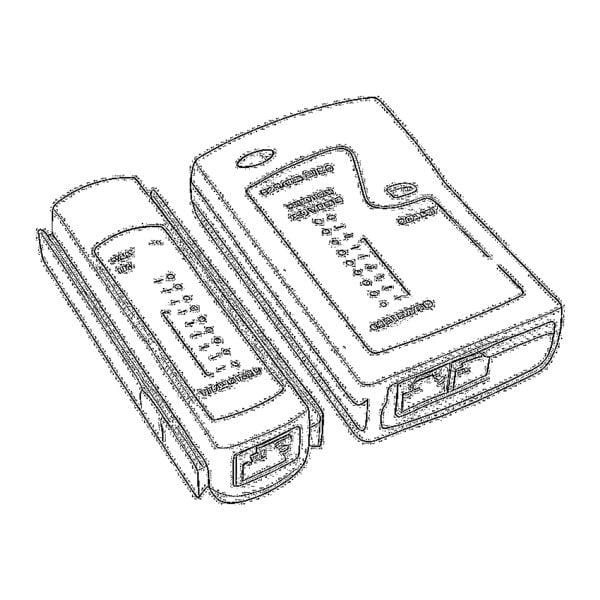 Copper Tools
Copper Tools